During my trip to New Zealand, I only had 24 hours to work and explore the famous land - the capital Wellington.
Windy Capital
The afternoon sky, the plane carrying our group shook and swayed slightly as it landed at Wellington International Airport. As the tires squeezed the runway and the plane braked twice, the passengers applauded loudly...
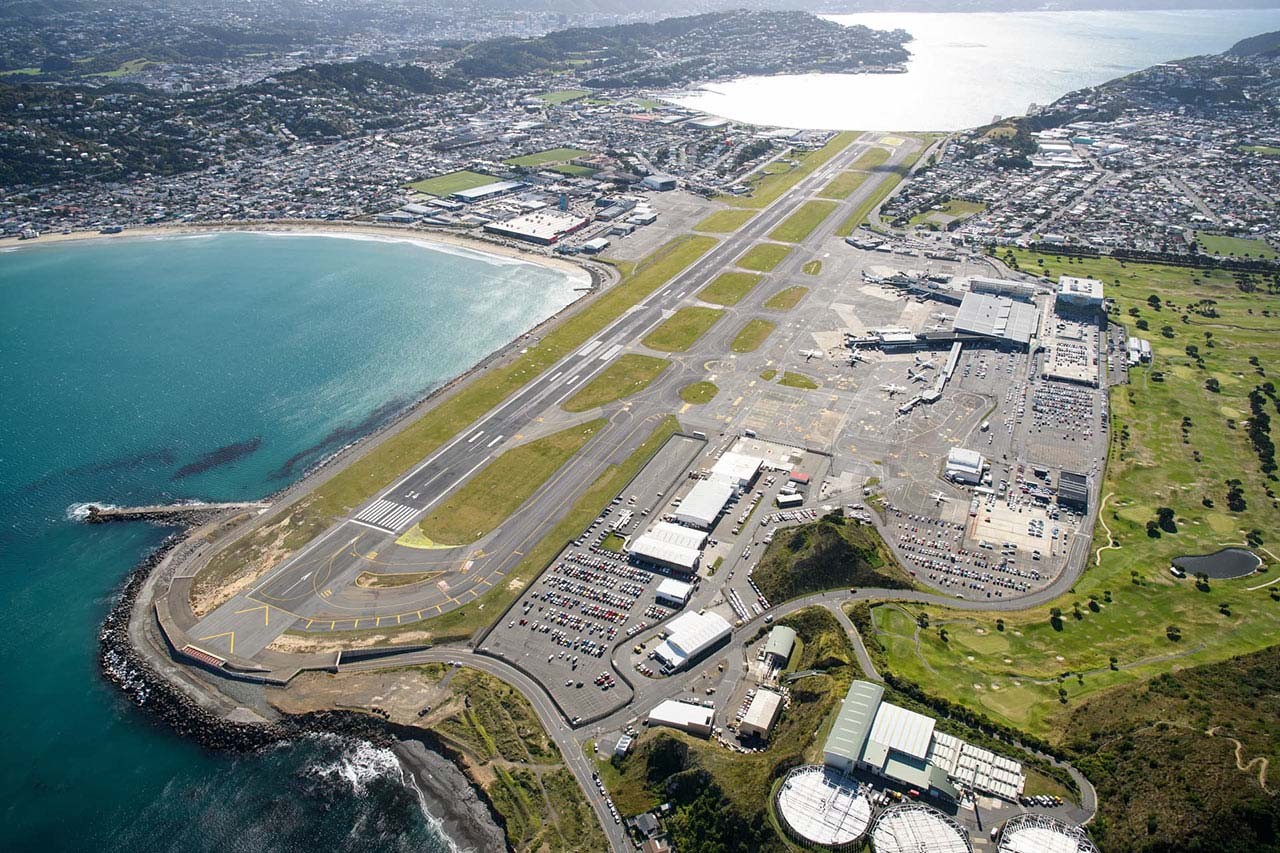 |
| Wellington International Airport has a single runway 1,936m long with both ends facing the sea. |
Seeing my confusion, the friend sitting next to me explained that Wellington is also called “Windy Wellington” because it is known as the “windiest city” in the world. Wellington is located between latitudes 40 and 50, right in the Cook Strait, where westerly winds pass through. The surrounding mountains make this wind narrower and stronger.
I learned that on average 175-230 days a year, Wellington Airport has winds above 75 km/h, sometimes even up to 95 km/h. Wind is always a problem that causes many airline flights, even though they are close to Wellington Airport, to have to turn back to nearby destinations such as Auckland, Rotorua, etc.
Furthermore, Wellington’s only runway is only 1,936m long, with both ends facing the sea and nestled between mountain ranges that are exposed to strong winds. Planes touching the ground and then wobbling back into the air are a common occurrence in Wellington (you can search on youtube to see).
As I got off the plane, I felt strong gusts of wind blowing against me. Luckily, the wind wasn’t too strong that day, so I didn’t have to brace myself against the wind as described. The locals even love it because the wind keeps Wellington’s air fresh and cool.
City of two names
The Maori (descended from Polynesian people in the Pacific) discovered and lived in New Zealand since the 10th century. Later, European immigrants turned the Maori into an ethnic minority (accounting for only 15% of the population). The New Zealand government has been trying to preserve the Maori language, historical values and culture so that the Maori can coexist with many immigrant races.
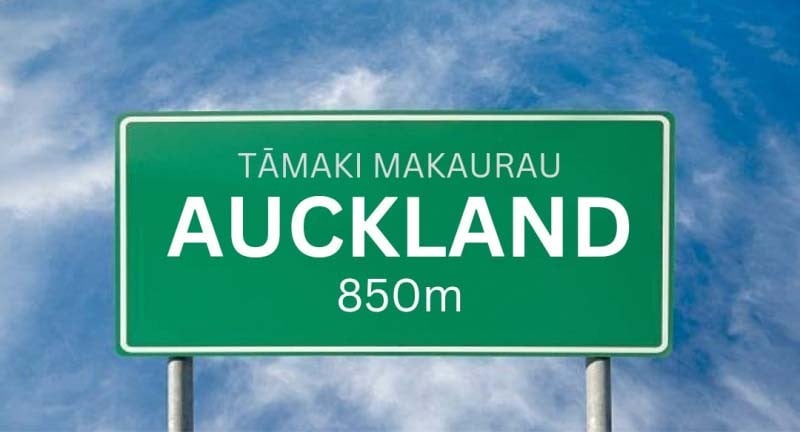 |
| Auckland City in Maori is Tamaki Makaurau. |
So, I, like many first-time visitors, was surprised to see that every city has two names: in English and in the Maori language. Auckland is called Tamaki Makaurau, Wellington is Te Whanganui-a-Tara… Moreover, tourist attractions, ports, streets, highways… all have names in two languages. Maori gates and statues also appear at famous places in New Zealand…
The lucky and interesting thing for the group was that the bus driver who took us was Maori. It was not difficult to recognize Maori, because they have tattoos around the corners of their mouths, even their entire faces. He was very funny. When he knew we were Vietnamese, he sang us the New Zealand national anthem in Maori. We also happily sang “Tien Quan Ca”, of course in Vietnamese, to give him back. We understand that Maori people always want to promote their culture with pride, but also because New Zealanders in general know that Maori culture and language are the unique part that makes this country unique in the world.
If the distance from the airport to the hotel was not too short (about 7km), perhaps the hospitable driver would have had time to give us a dance to welcome our distinguished guests to the land of the Maori people.
Welcome with... nose rub
During the official visit to New Zealand from March 10-11 of Prime Minister Pham Minh Chinh and his wife Le Thi Bich Tran, the entire delegation was welcomed by the Maori people with a very special ceremony.
 |
| Prime Minister Pham Minh Chinh and his wife were welcomed with the Hongi ceremony during their official visit to New Zealand from March 10-11. |
The Maori have a unique greeting culture called “Hongi”, by rubbing noses together and ending the greeting with a handshake. This action means sharing the breath of life to help erase cultural and geographical distances. After that, visitors to New Zealand are “manuhiri” (guests) and will become “tangata whenua” (islanders).
Another Maori greeting that can be intimidating to visitors is the eye-rolling, tongue-sticking gesture. Combined with traditional Maori facial tattoos, this greeting can scare the faint-hearted. However, in Maori culture, this is a way to show affection and warmly welcome guests.
At the beginning of the ceremony, one or more Maori warriors will cautiously approach the guests and demonstrate their power. The Maori warriors will shout loudly, grimace, and make strong gestures to show that they are ready to use violence if the guests show bad intentions.
The Maori warrior then places a wooden knife and a fern branch on the ground. The visitor must bend down and pick them up. The visitor may then watch a “fiery” Haka or some other performance. The welcome ceremony concludes with the aforementioned Hongi.
Many attractive tourist spots
Racing against time, we quickly toured the city according to the pre-planned schedule.
The first place we visited was the honeycomb-shaped building - the New Zealand Parliament Building - which, according to our guide, was designed with special foundations and walls to withstand earthquakes.
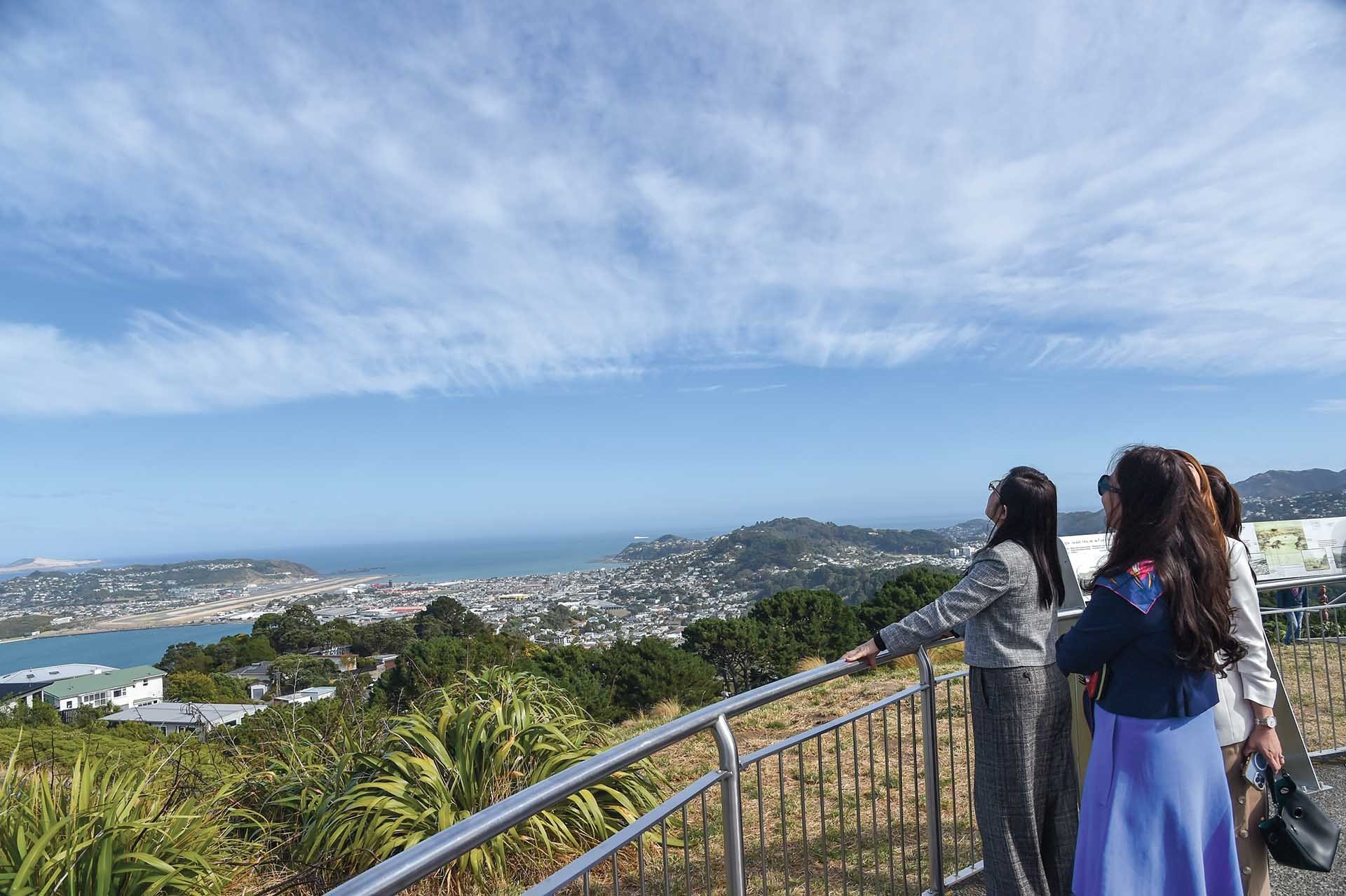 |
| Visitors can enjoy a 360-degree view of Wellington from the observation deck atop Mount Victoria, including Wellington International Airport. |
The National Assembly building is actually a complex of three interconnected buildings.
The first is a 72-meter-high honeycomb-shaped building with 10 floors above ground and 4 underground floors including the offices of the Prime Minister, Cabinet Ministers and the National Crisis Management Center.
Second is the Parliament Building, rebuilt in 1918 after the old building was burned down - where Parliament meets and works. Third is the Library of Parliament, which displays the history of Parliament.
Architects and skilled craftsmen have built and restored buildings with great detail from marble, wood, brick, motifs, patterns, structures and architecture. In particular, the walls with many vivid colors that you have to look at from an angle to be able to imagine the content, the wood paintings are carved and engraved with images and symbols of the Maori people... extremely interesting.
After walking a few streets, we experienced riding the Wellington Cable Car from Lambton Wharf to the Botanic Gardens. The distance is only 610m and takes about 8 minutes to travel, the reason for this cable car is that Wellington's steep hills make walking quite tiring for people living above. Therefore, the government built a cable car to help people move more easily. When the cable car ended, we were at an altitude of over 120m above sea level, able to look out over the city below.
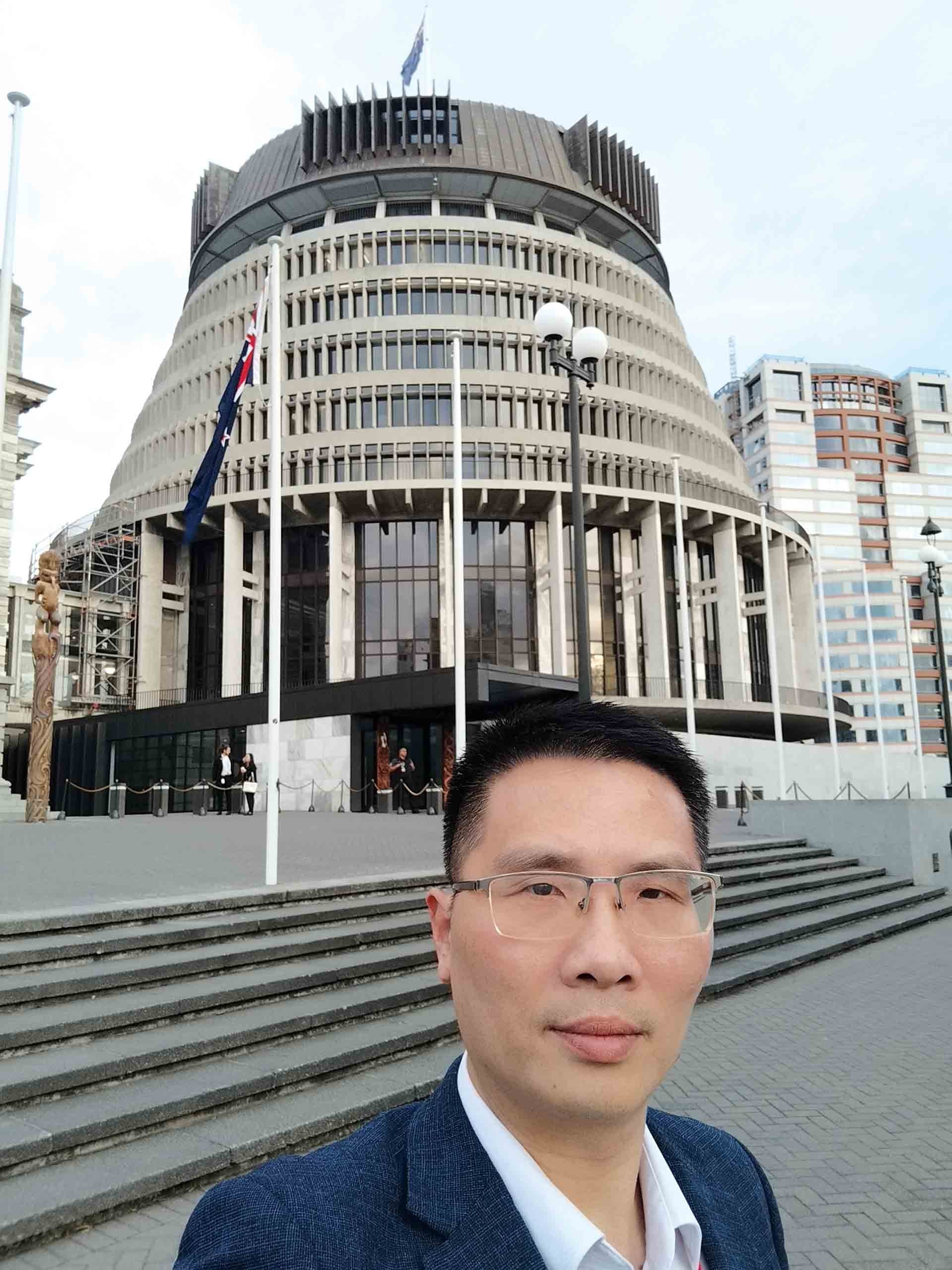 |
| The author at the New Zealand Parliament House. |
At the top of the cable car station is the Wellington Botanic Garden - home to many native plants and a very fresh atmosphere. Walking down, you will see the Lady Norwood Rose Garden with about 110 rose gardens with many types of roses such as roseberry (purple rose), orange rose, queen rose in full bloom. It is a pity that when we arrived, the rose garden was starting to fade at the end of the season.
The last place we ran “show” was Mount Victoria (196m high). It only took 20 minutes by car and 5 minutes of climbing to get a 360-degree view of Wellington city. From the highest point, you can see sailboats moving in the harbor, planes taking off from the airport, including a panoramic view of the “super short” runway. Of course, you will also feel the strong wind when you are at the top of the mountain.
According to New Zealand reporters, many people came to the top of this mountain to watch the Boeing 787 carrying Prime Minister Pham Minh Chinh and the high-ranking Vietnamese delegation land at the airport because they considered it a big event for the city. Perhaps cycling or walking on Mount Victoria to watch the sunrise or sunset would be a truly wonderful experience. Unfortunately, we did not have time to do that.
***
I regret not having had time to explore other famous tourist attractions such as Circa Theatre, Solace In The Wind Statue, Te Papa Museum... or Hutt River, Harcourt Park, Kaitoke Park, Waitarere Forest - where The Lord of the Rings and The Hobbit were filmed. I also did not have time to enjoy the Maori Hangi stone-grilled dishes, grilled lamb... Perhaps I only had time to buy Whittakers chocolate - one of the oldest chocolate brands in New Zealand and secretly wished I had the opportunity to return to this land full of interesting surprises.
Source


![[Photo] Opening of the Exhibition on Green Growth](https://vstatic.vietnam.vn/vietnam/resource/IMAGE/2025/4/16/253372a4bb6e4138b6f308bc5c63fd51)
![[Photo] President Luong Cuong receives Ethiopian Prime Minister Abiy Ahmed Ali](https://vstatic.vietnam.vn/vietnam/resource/IMAGE/2025/4/16/504685cac833417284c88a786739119c)
![[Photo] Opening of the 4th Summit of the Partnership for Green Growth and the Global Goals](https://vstatic.vietnam.vn/vietnam/resource/IMAGE/2025/4/16/488550ff07ce4cd9b68a2a9572a6e035)
![[Photo] National Assembly Chairman Tran Thanh Man meets with Ethiopian Prime Minister Abiy Ahmed Ali](https://vstatic.vietnam.vn/vietnam/resource/IMAGE/2025/4/16/c196dbc1755d46e4ae7b506c5c15be55)
![[Photo] Many practical activities of the 9th Vietnam-China border defense friendship exchange](https://vstatic.vietnam.vn/vietnam/resource/IMAGE/2025/4/16/3016ed3ef51049219574230056ddb741)
![[Photo] President Luong Cuong meets 100 typical examples of the Deeds of Kindness Program](https://vstatic.vietnam.vn/vietnam/resource/IMAGE/2025/4/16/ce8300edfa7e4afbb3d6da8f2172d580)


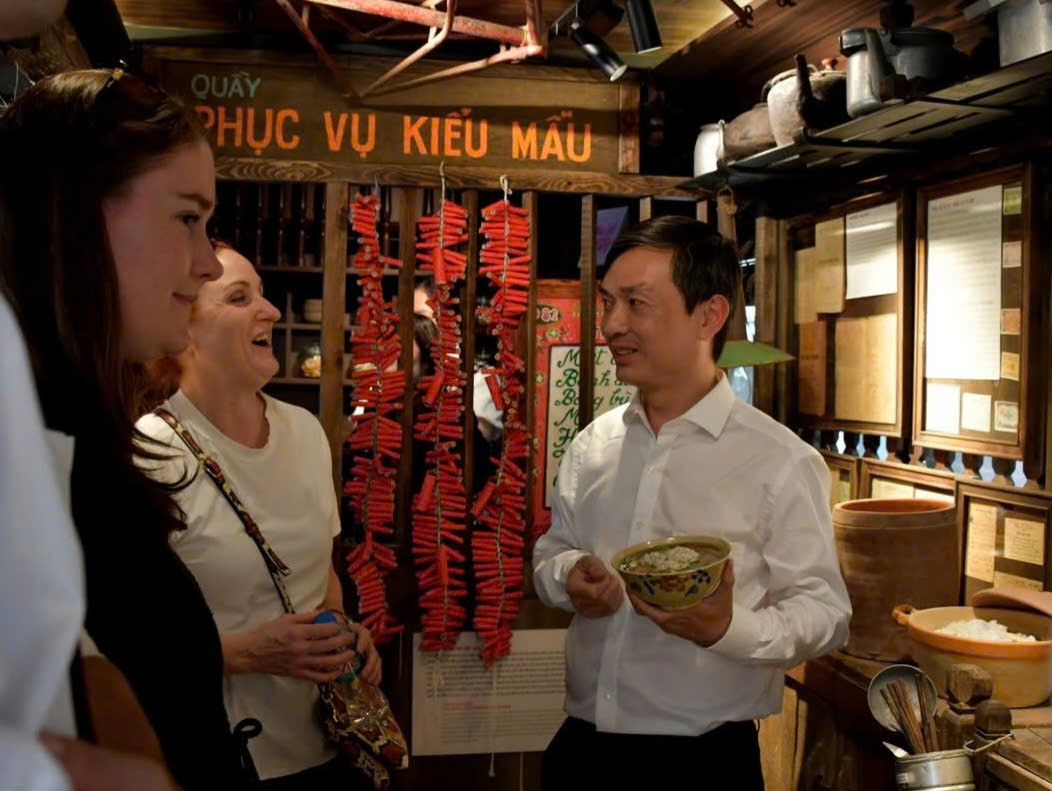
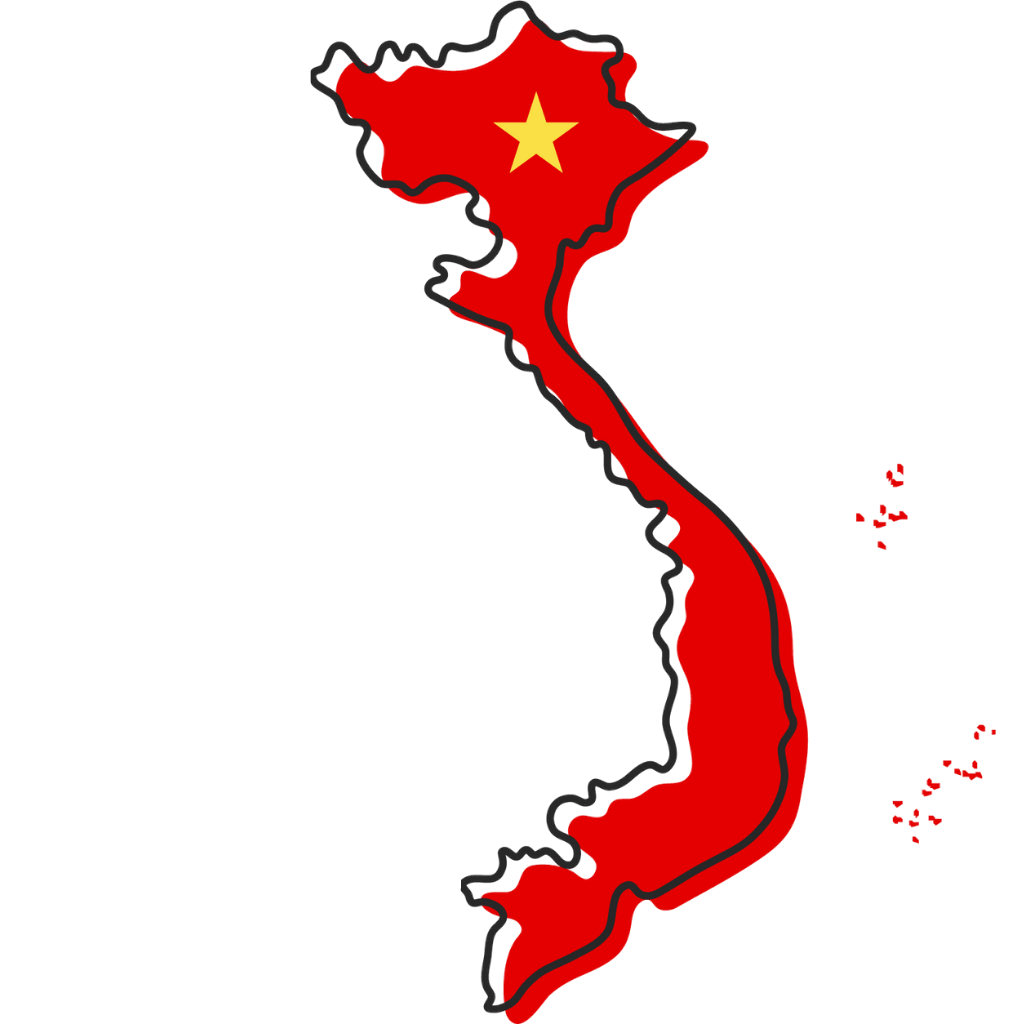
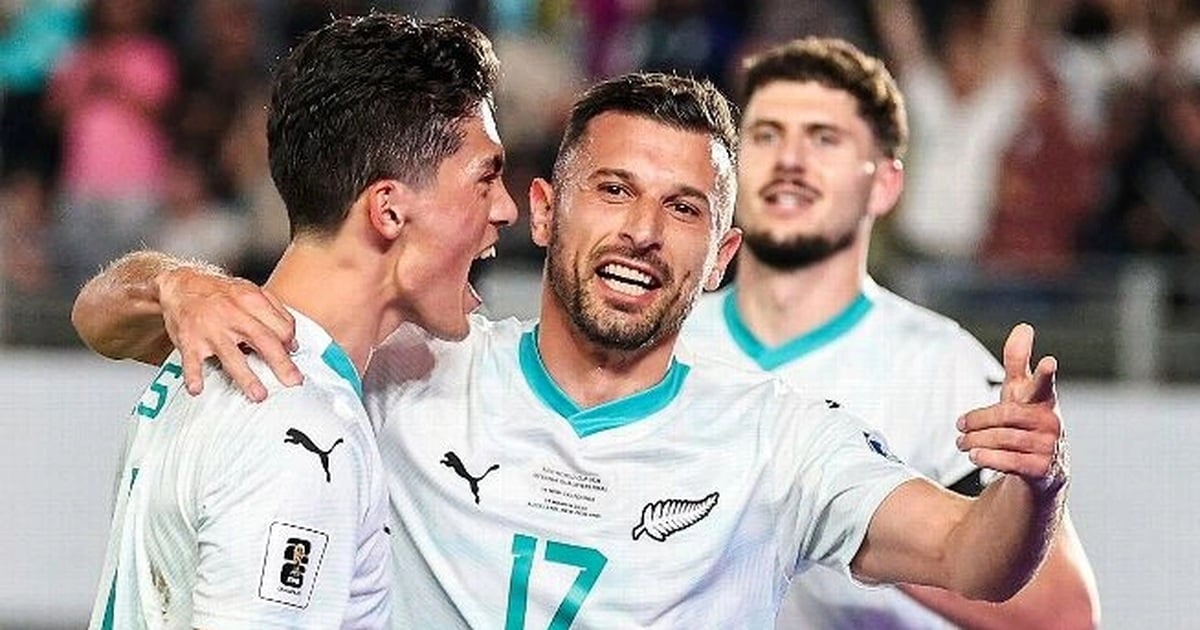

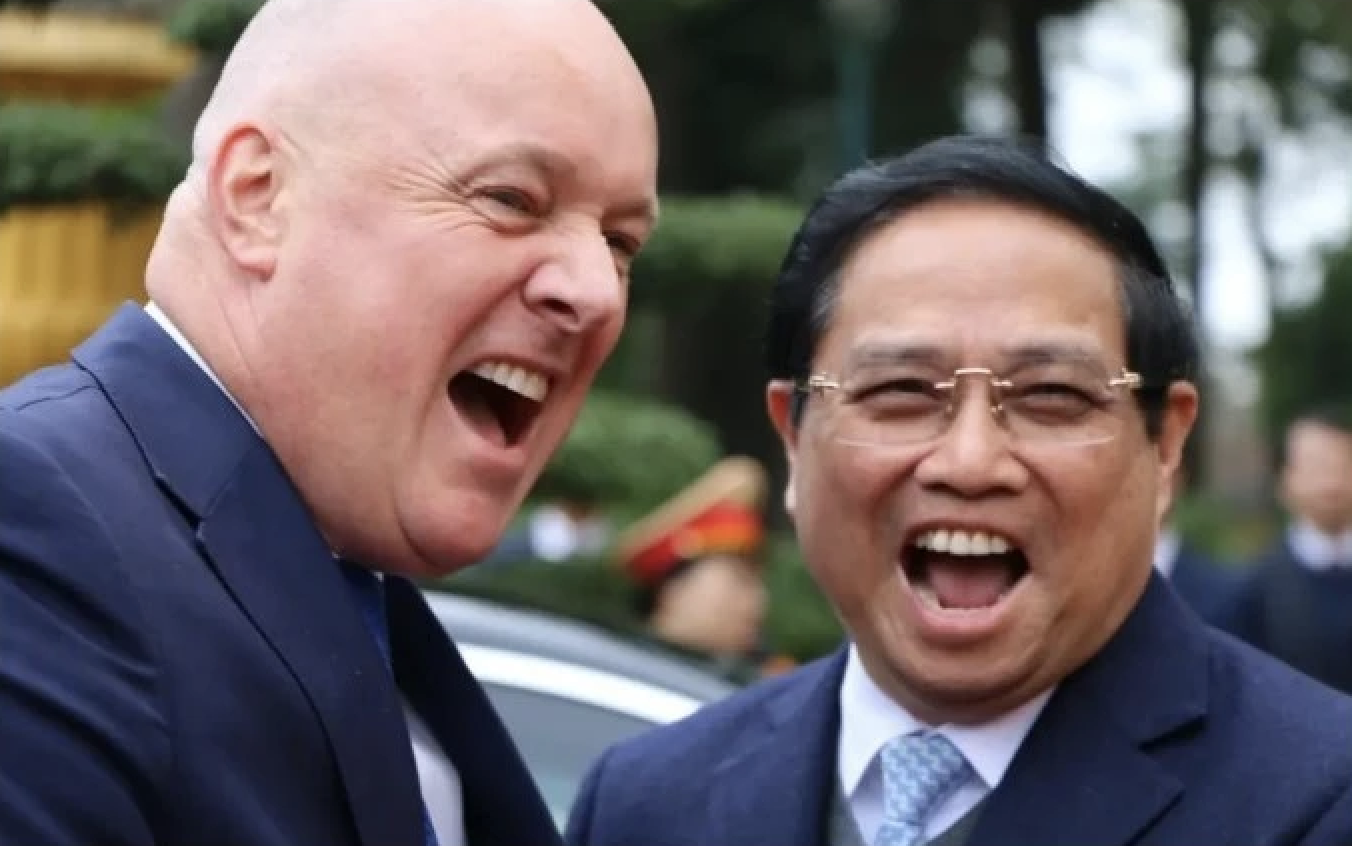

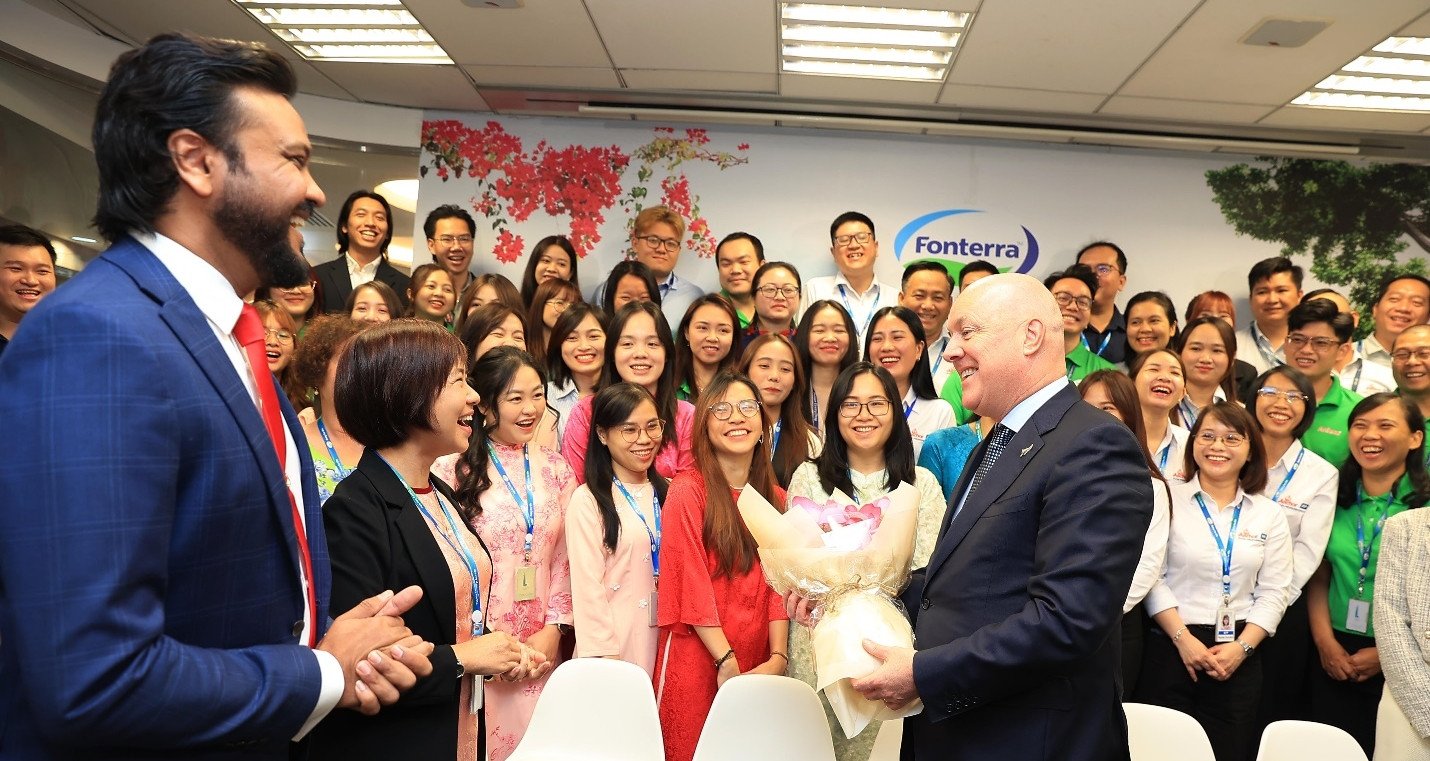

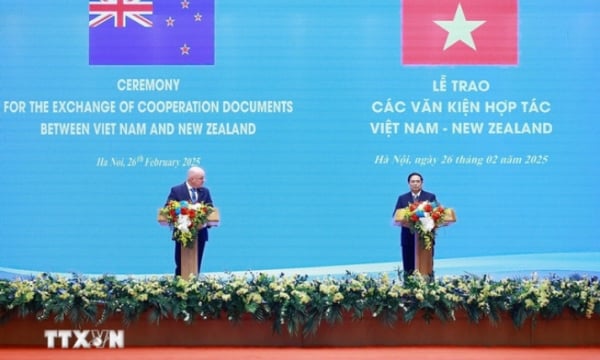
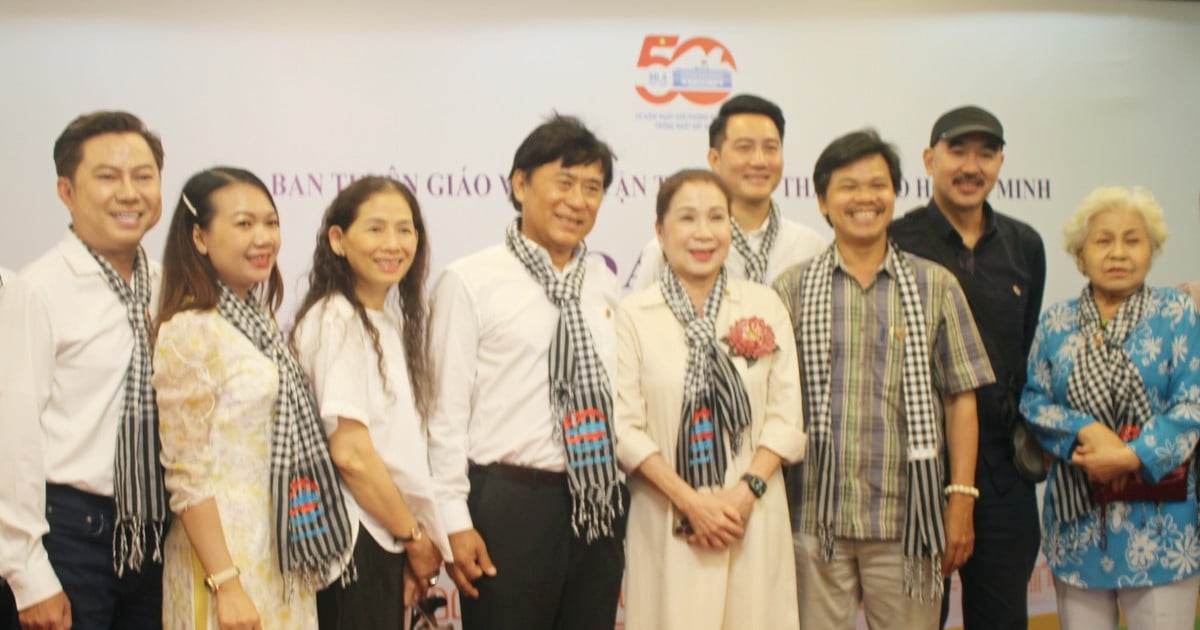
![[Photo] Vietnamese and Chinese students paint conical hats and make traditional ceramics](https://vstatic.vietnam.vn/vietnam/resource/IMAGE/2025/4/16/d3441e0b94a64e7596f7d31f6f8784b4)
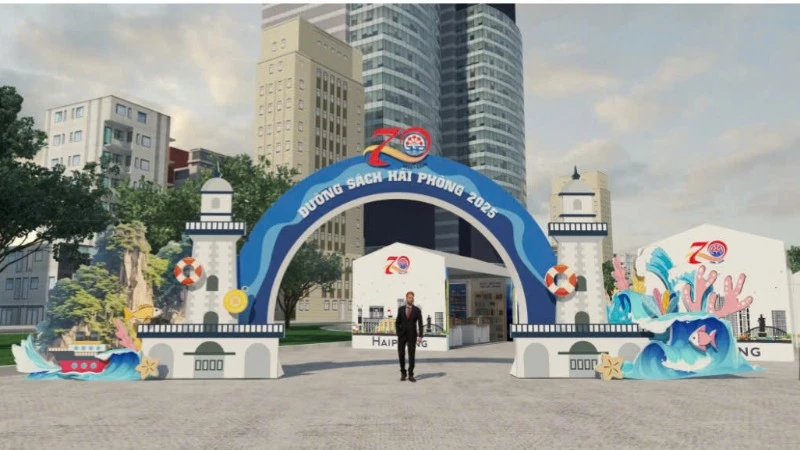
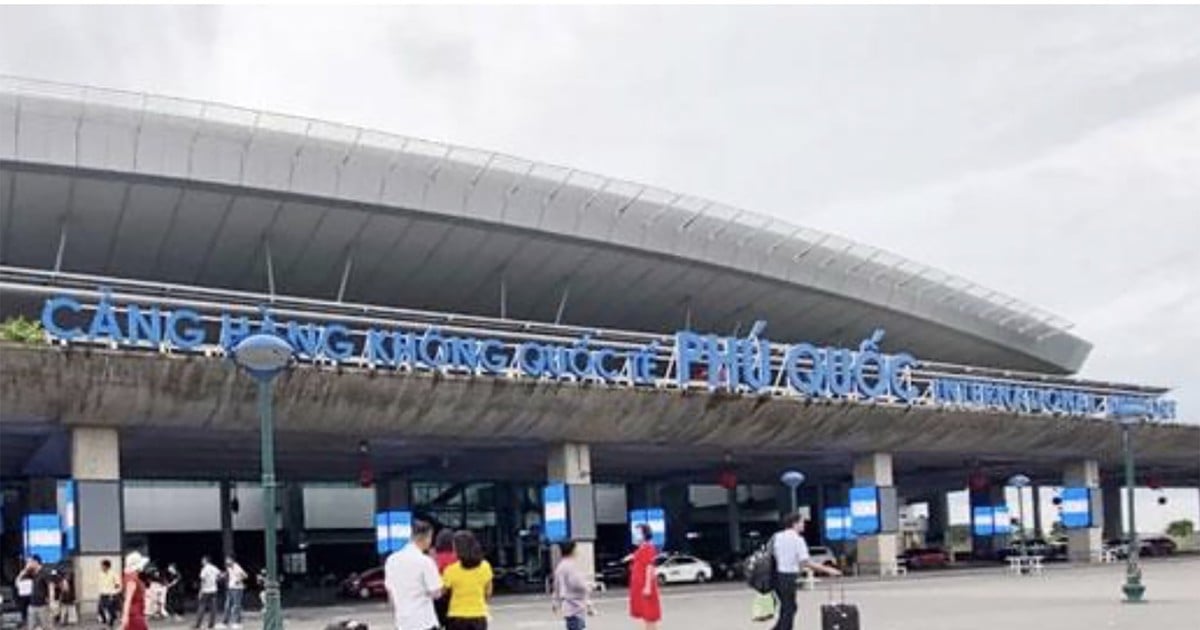
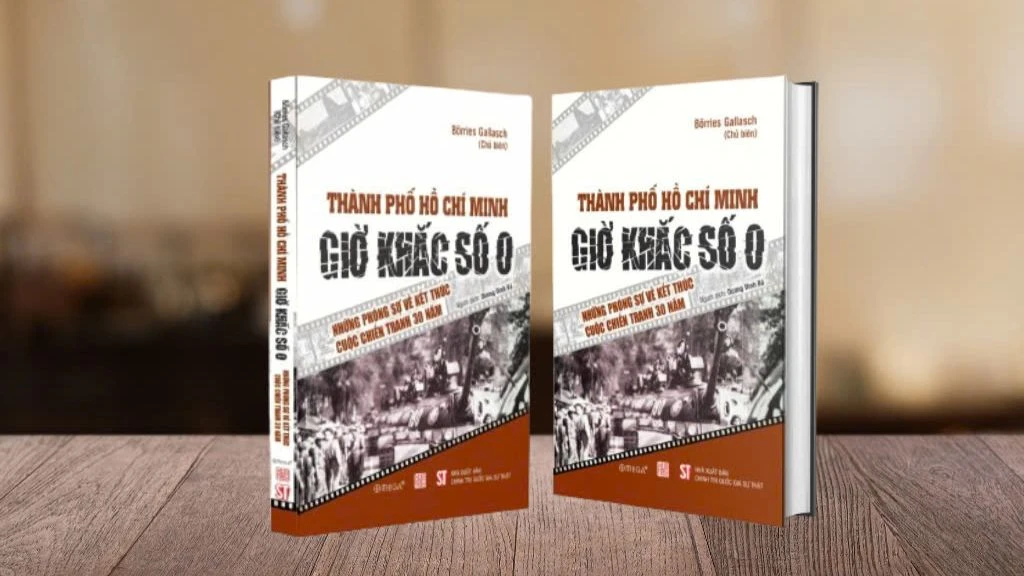
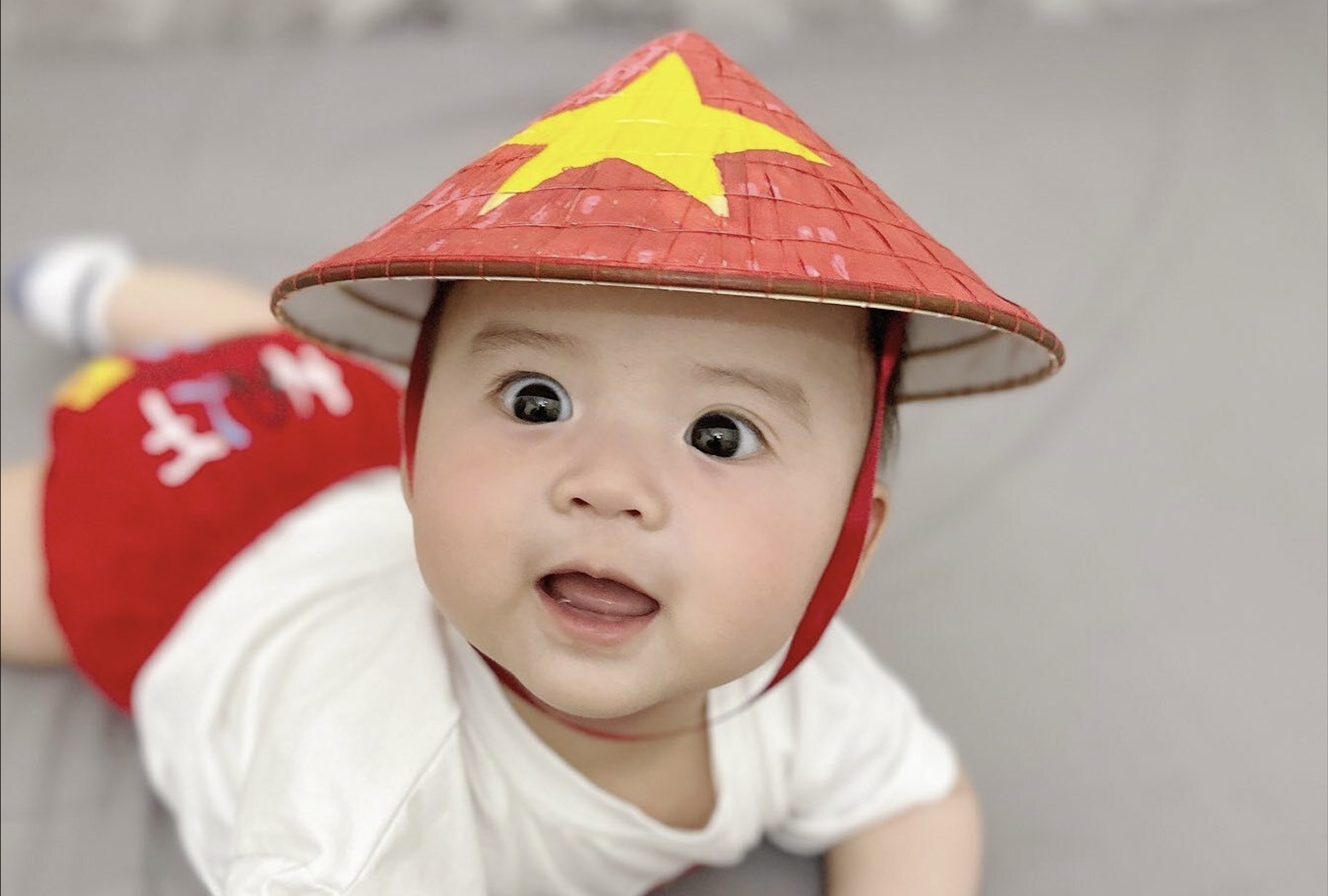
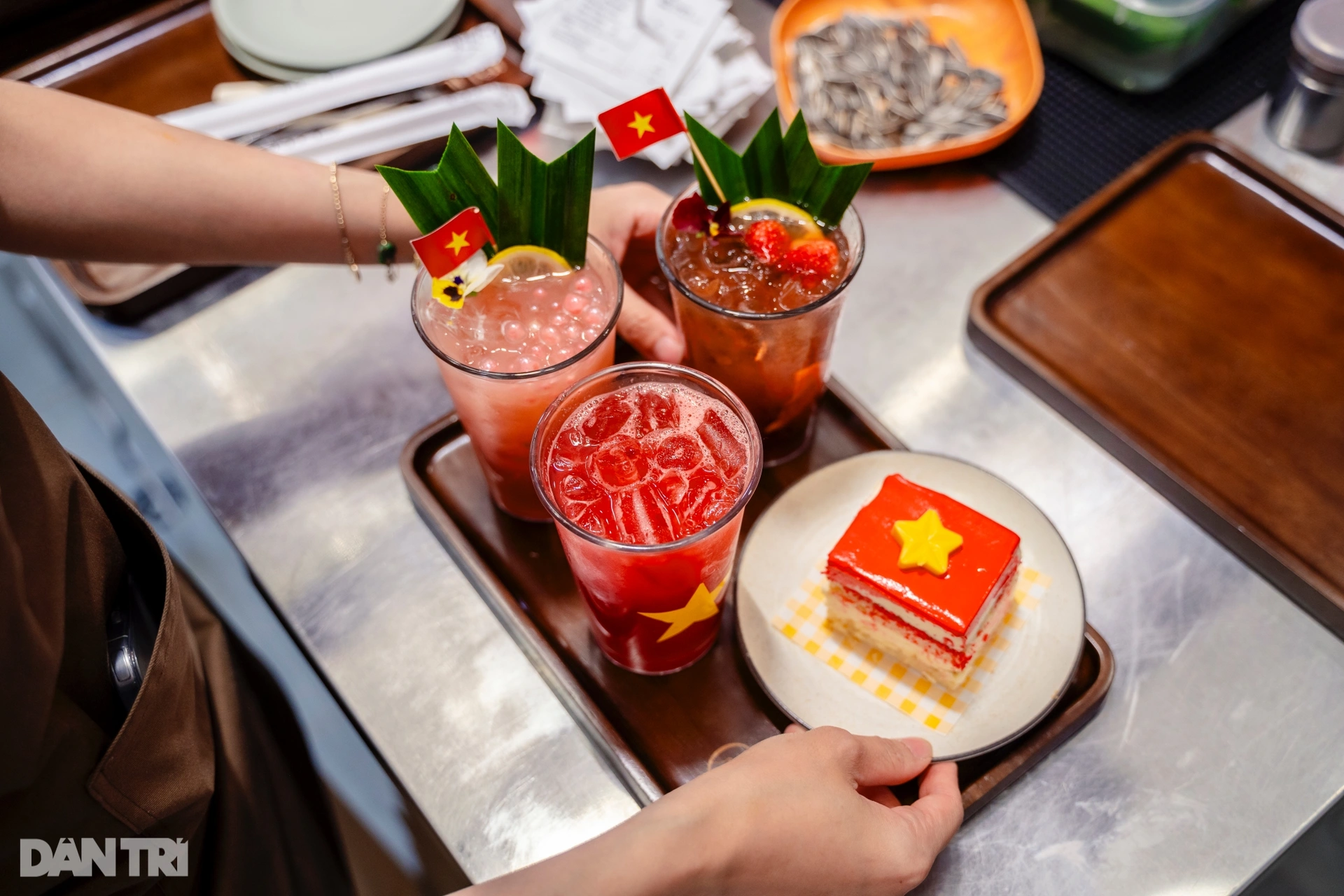
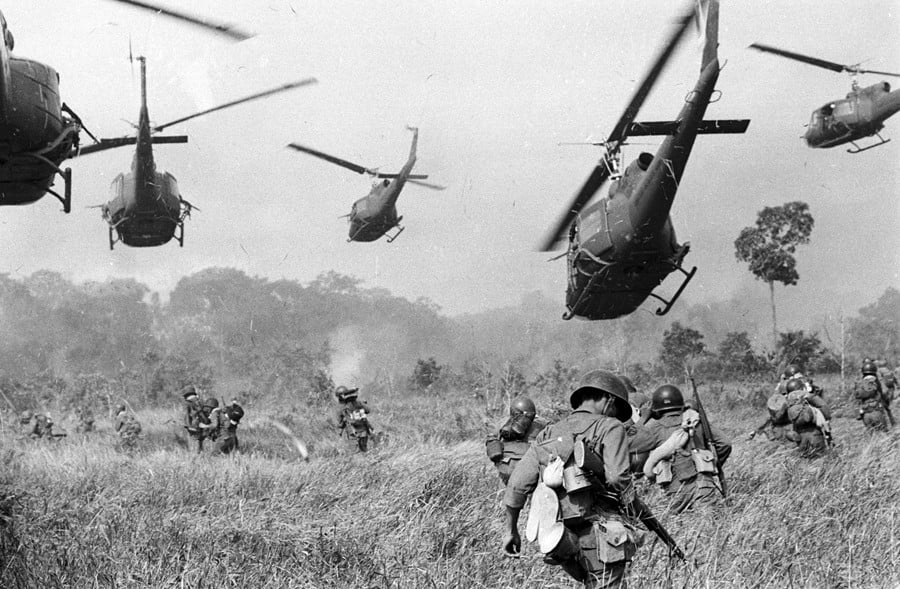

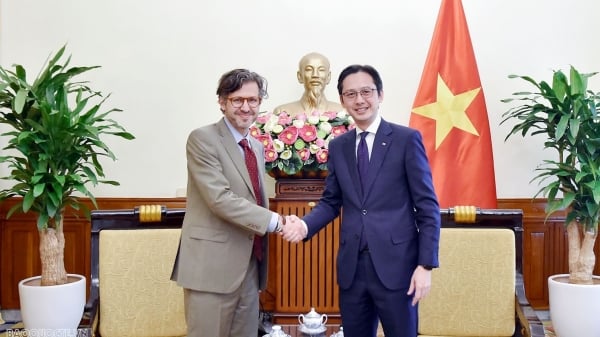
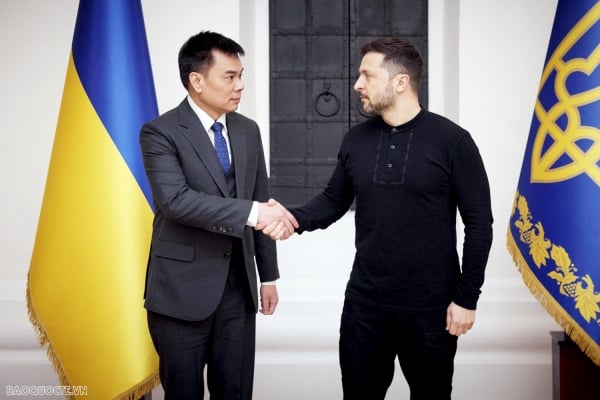
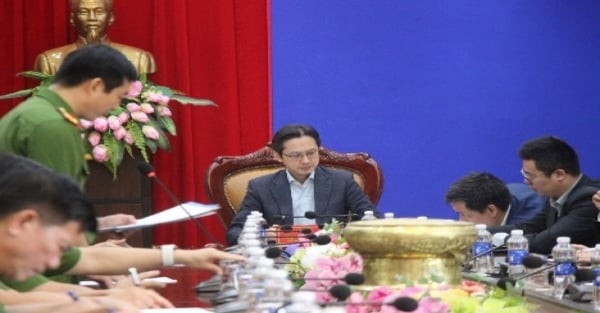
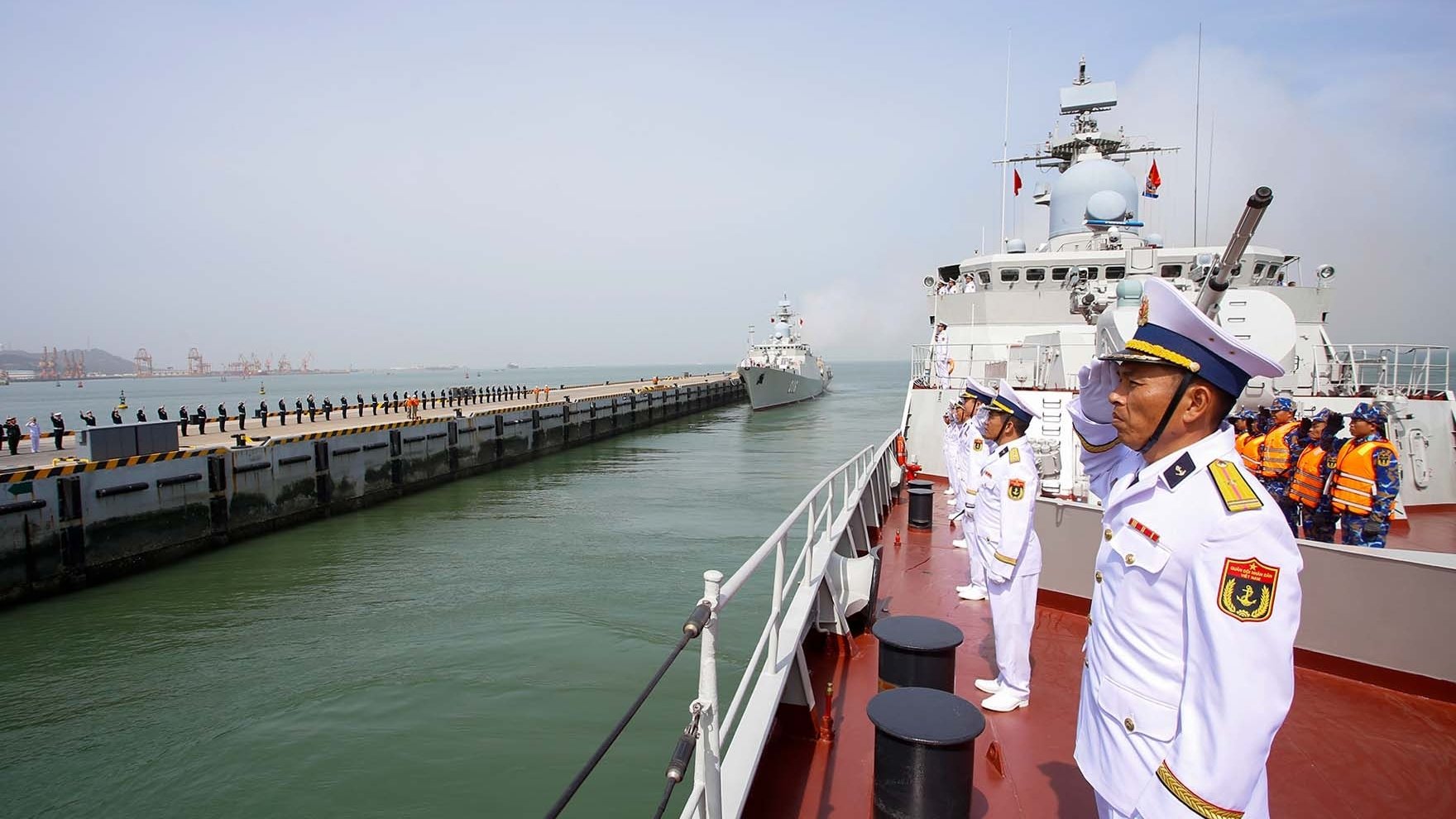
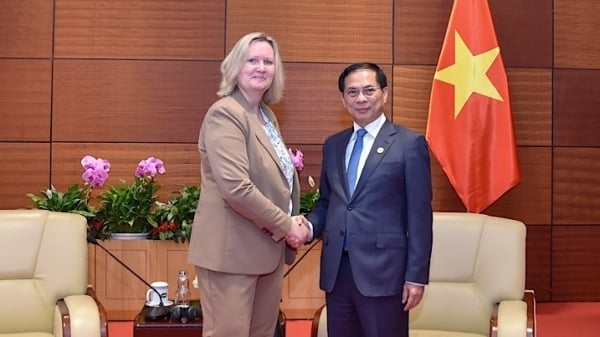
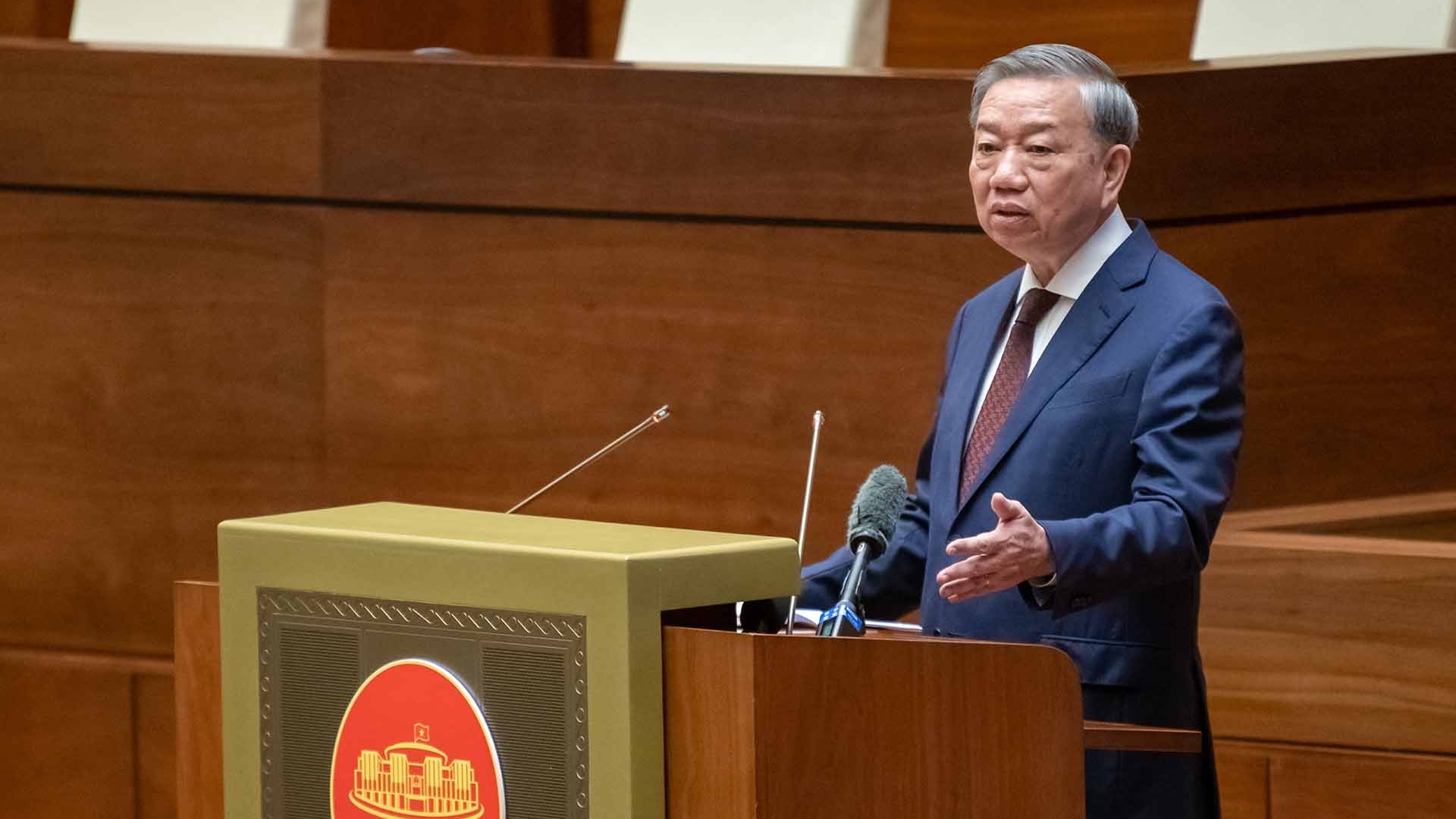

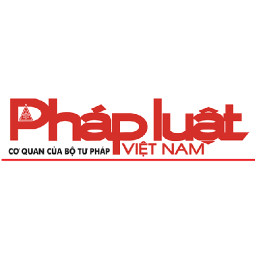
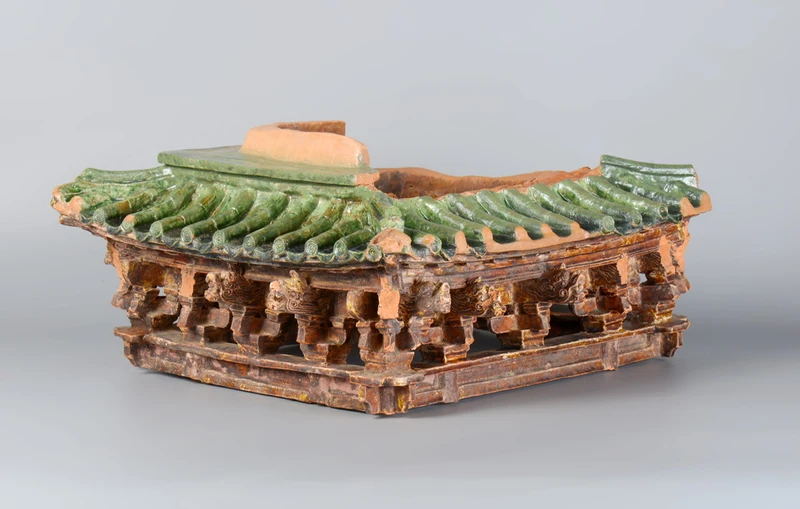

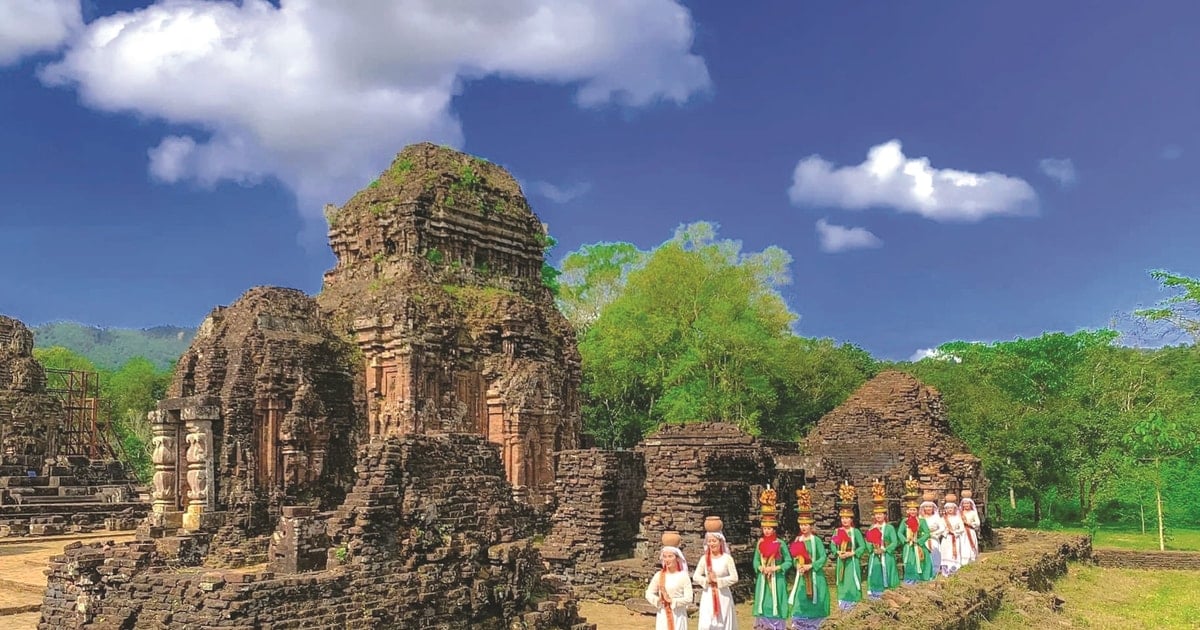
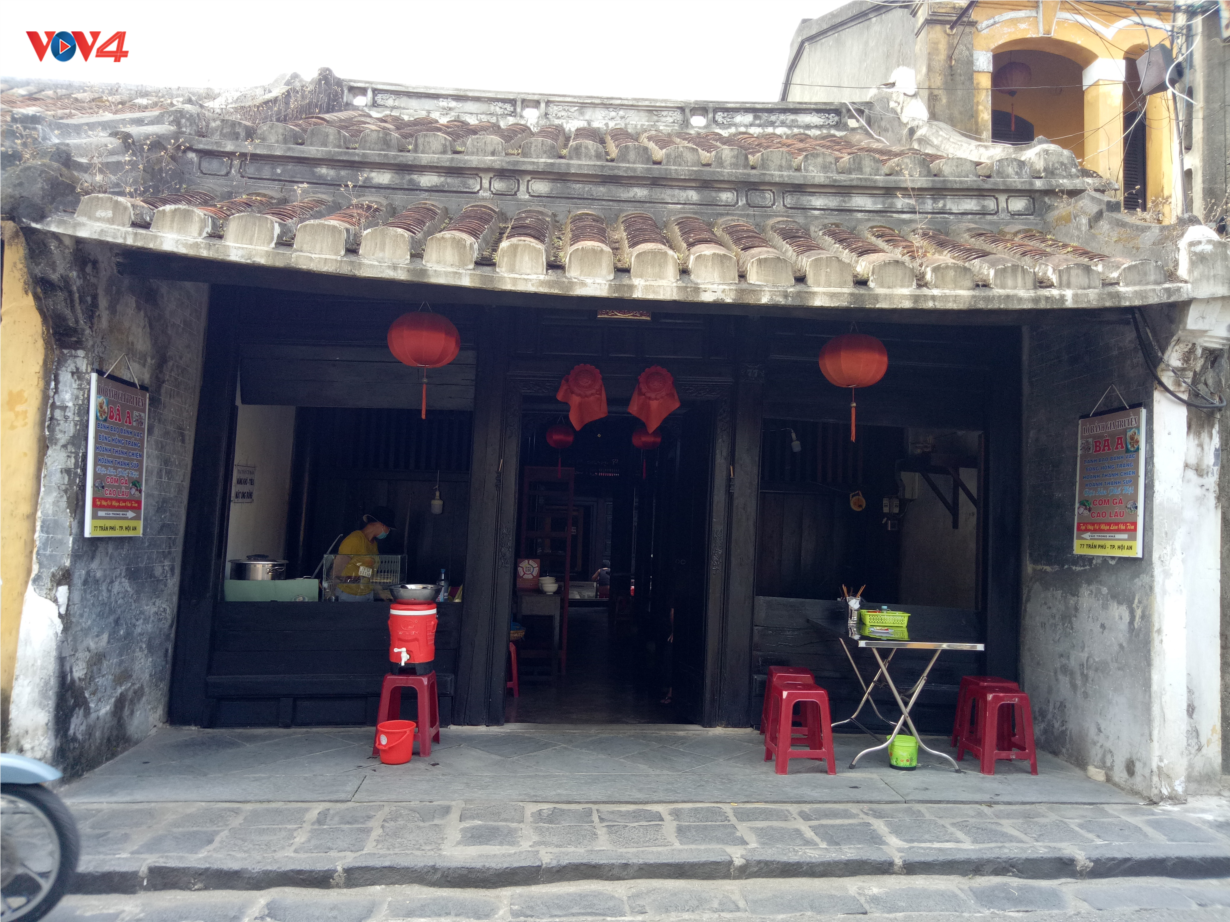

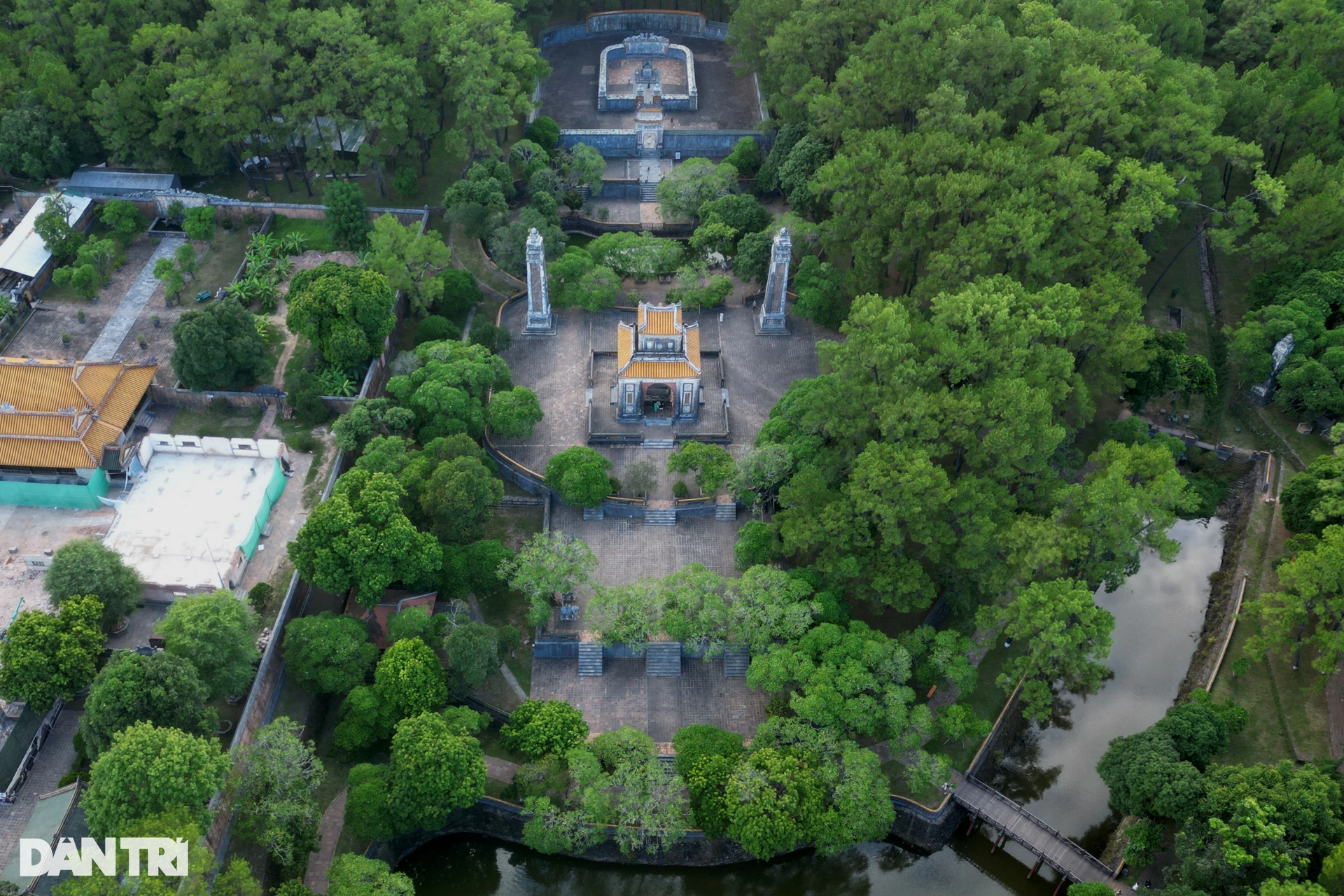
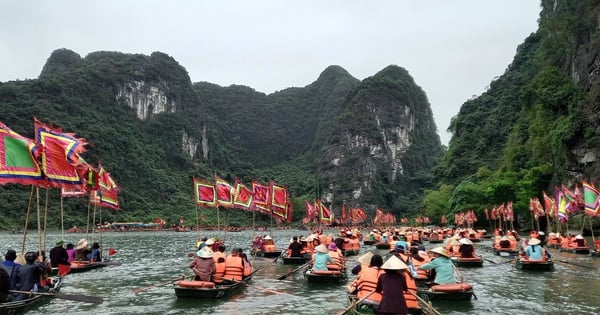





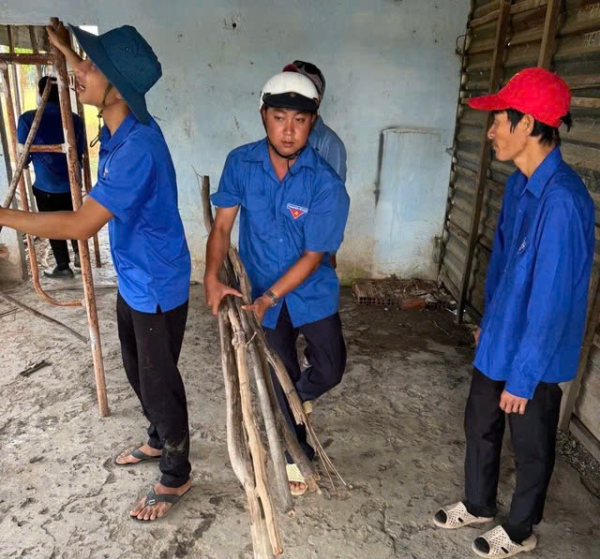

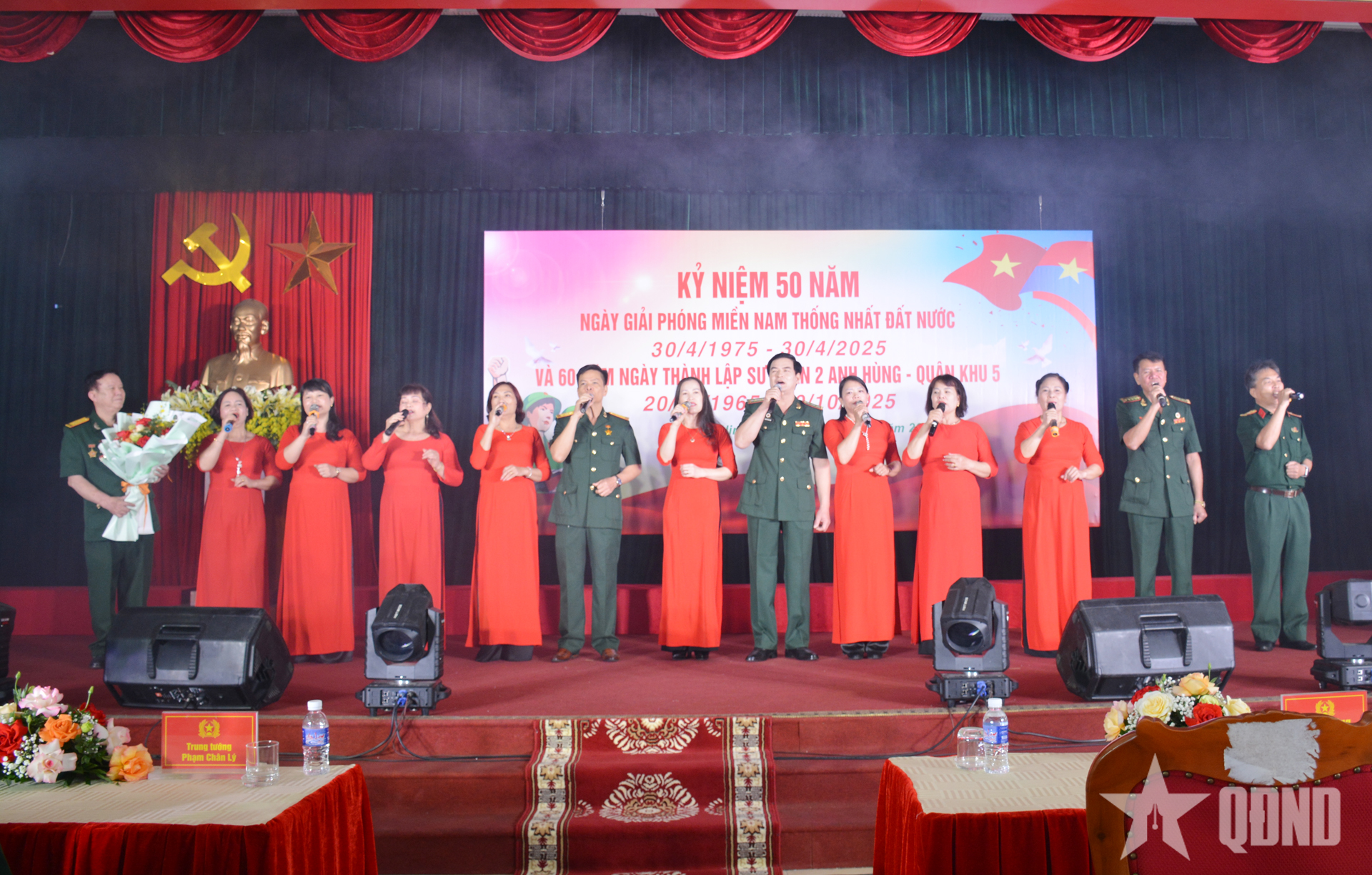

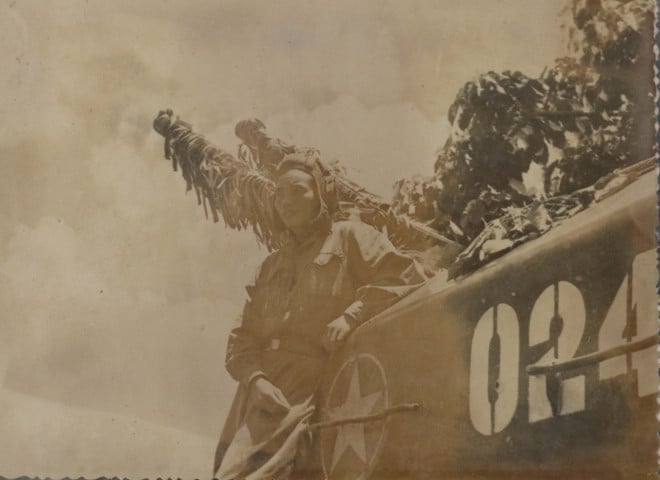
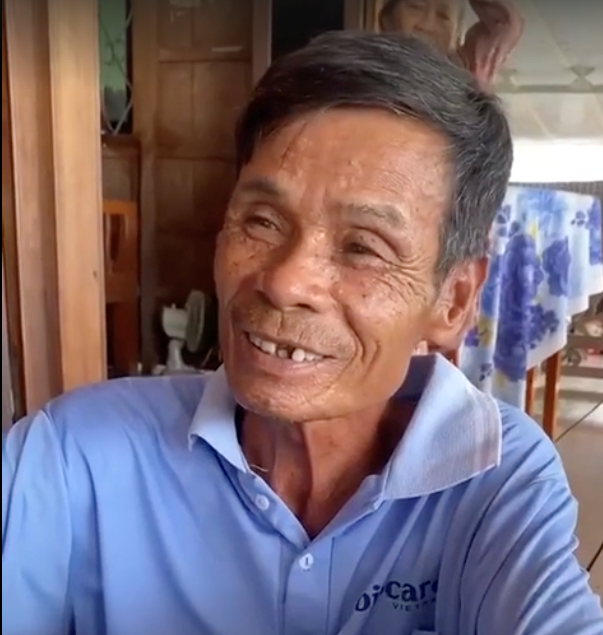
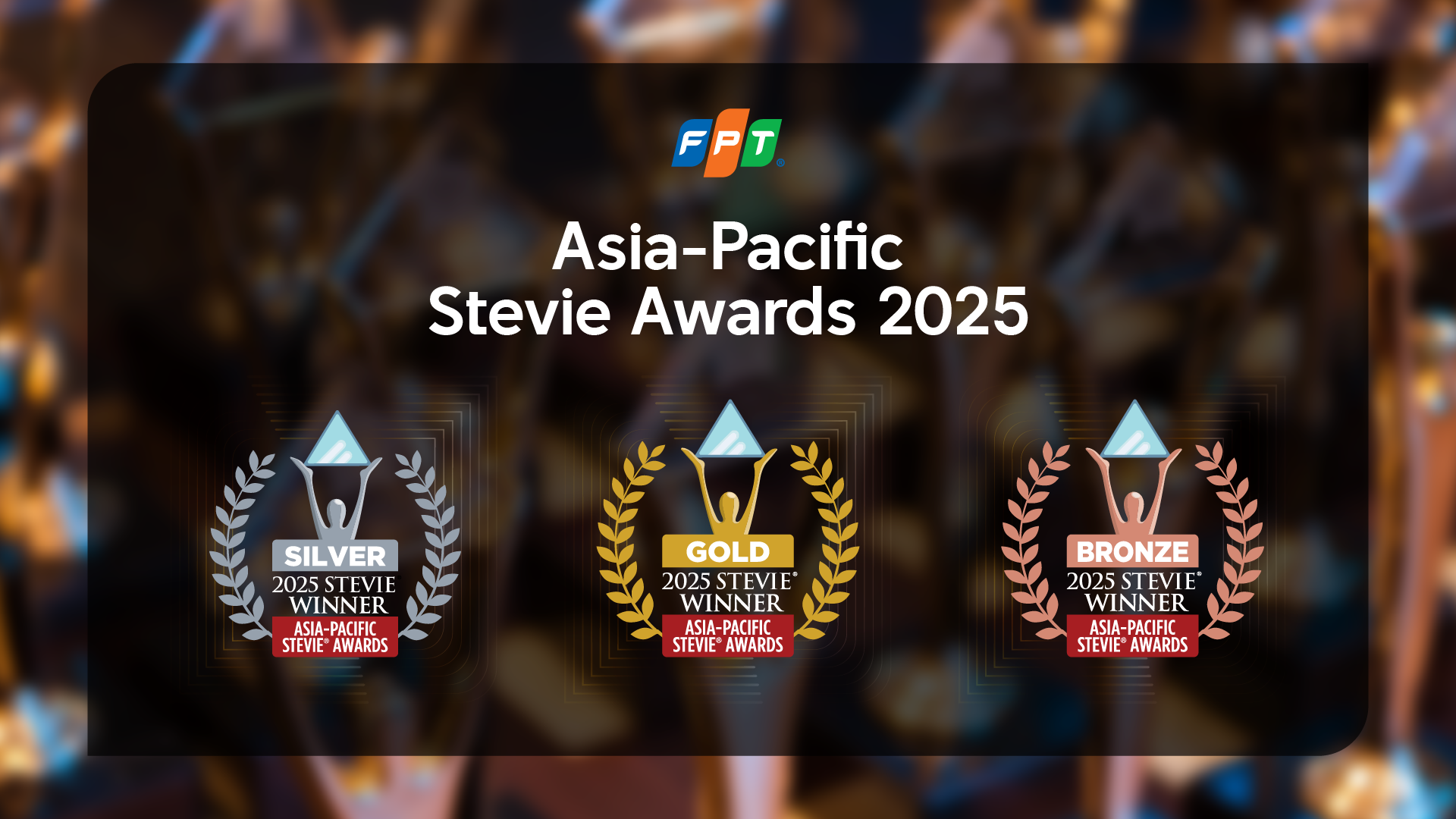
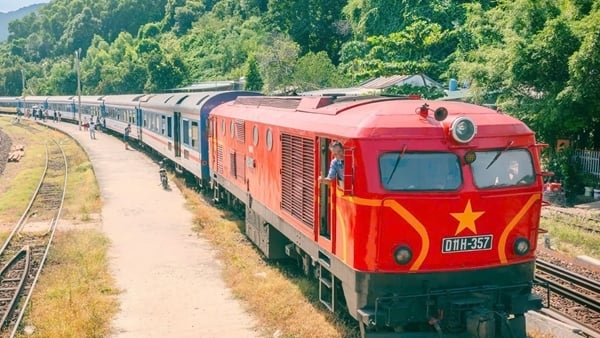

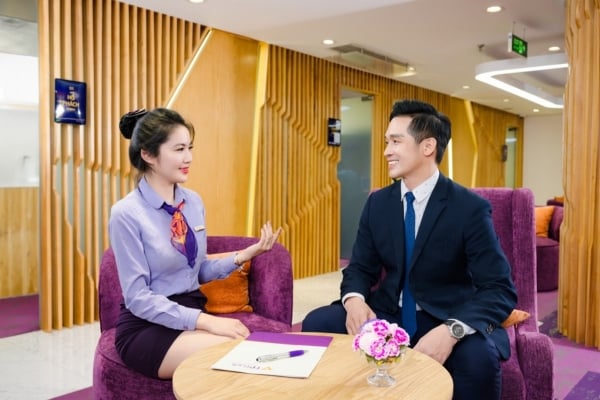

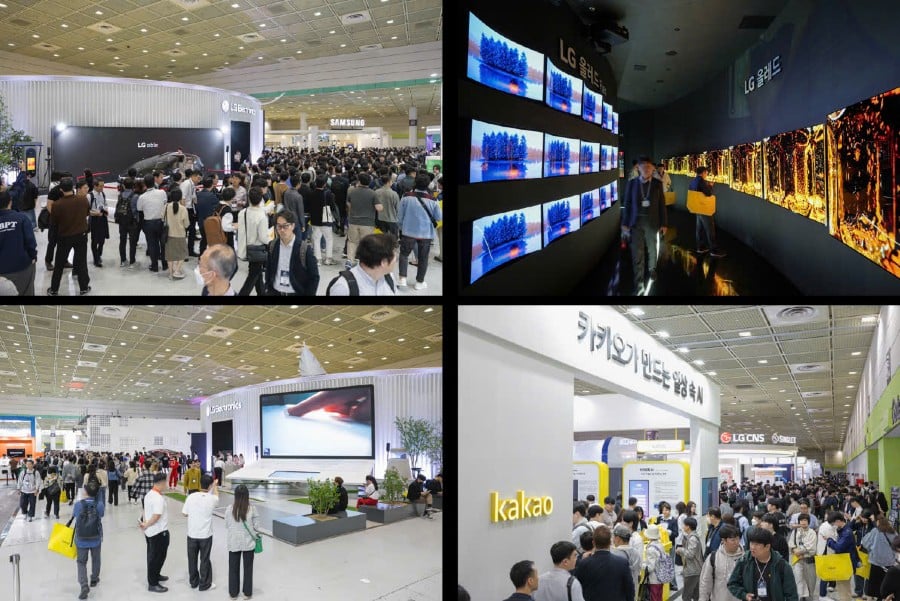


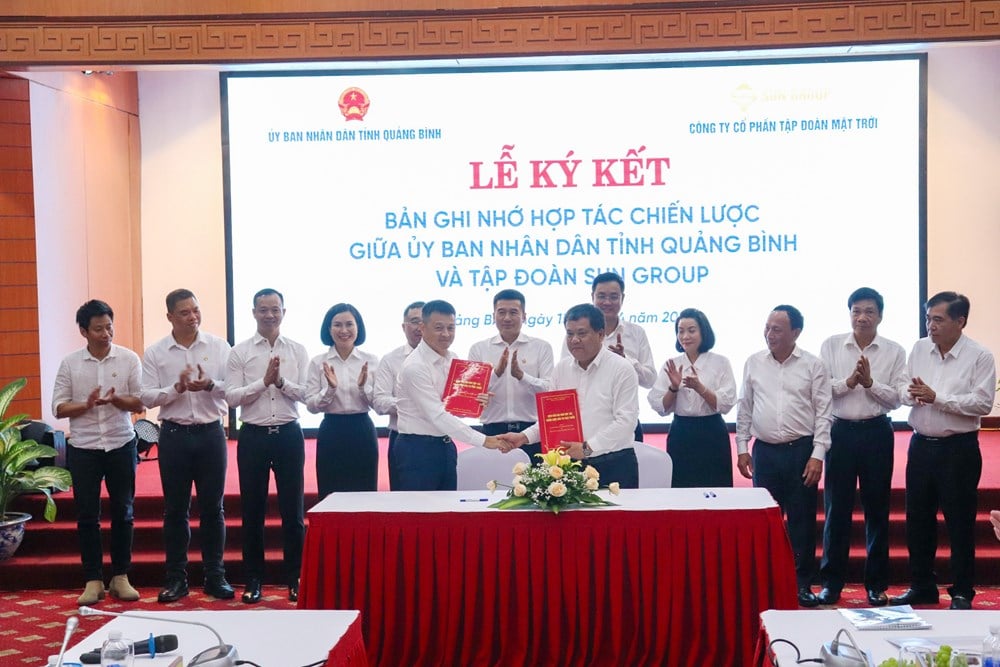

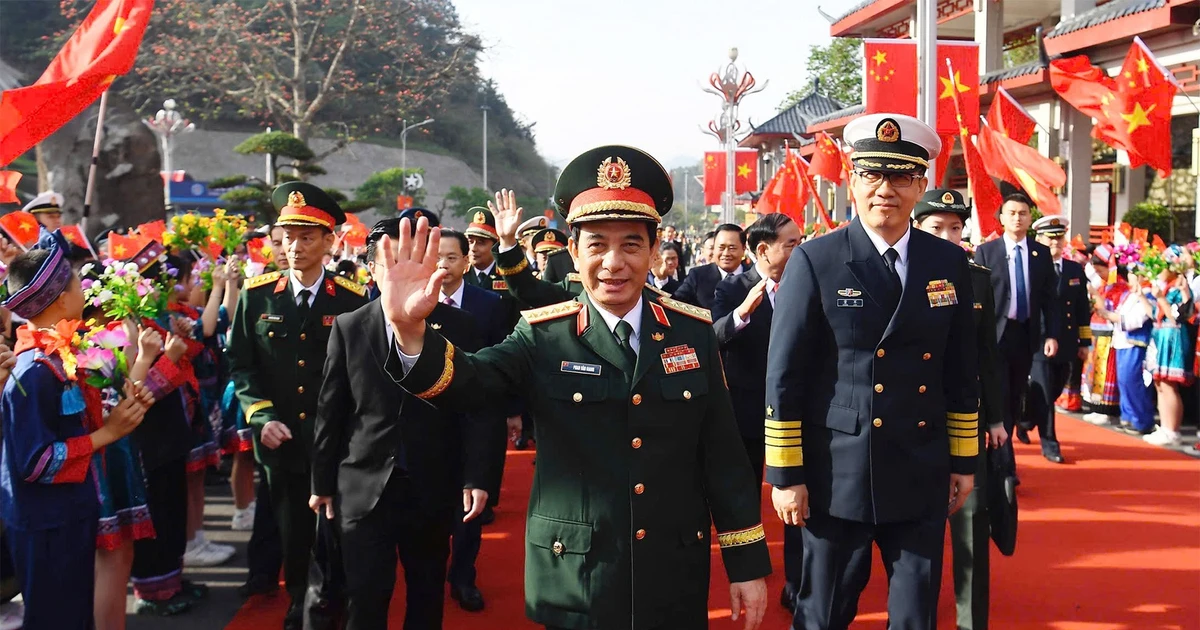

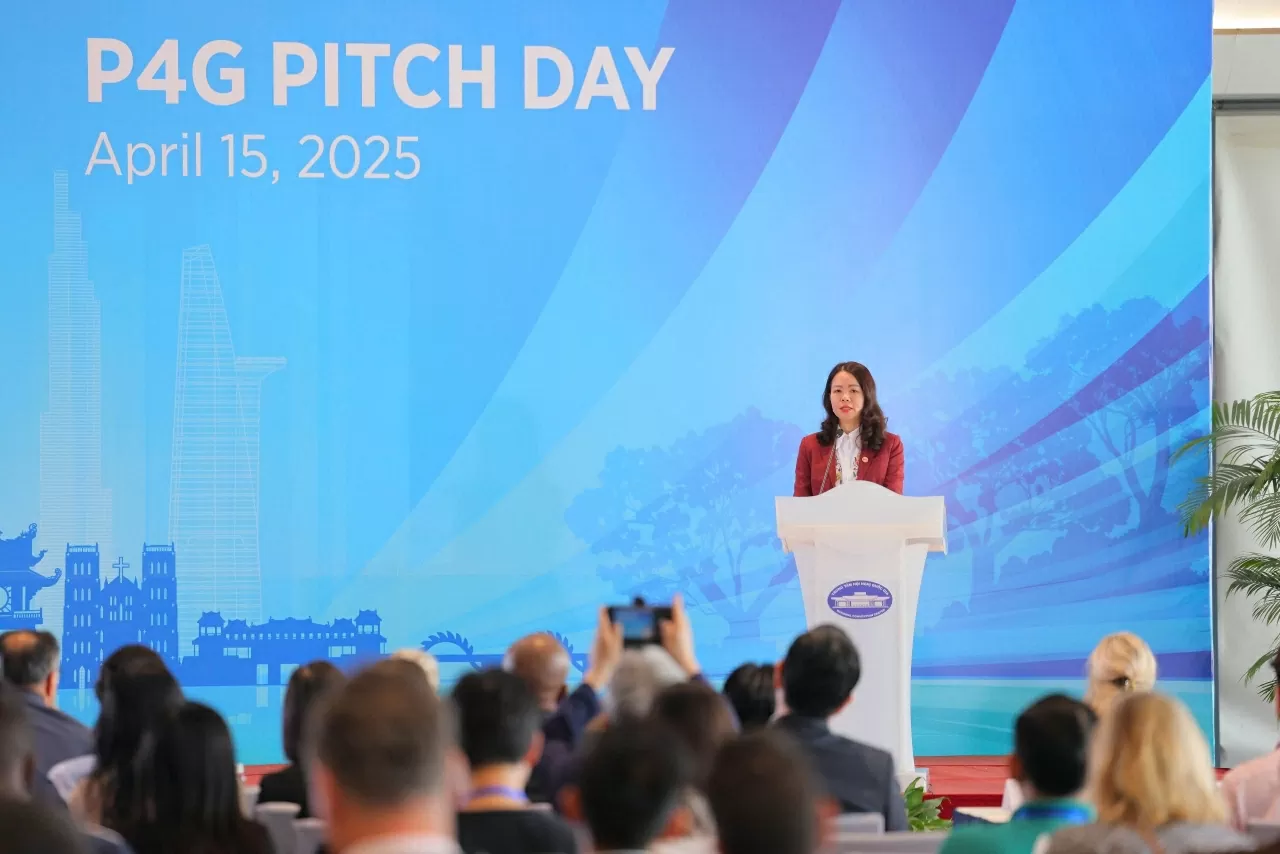
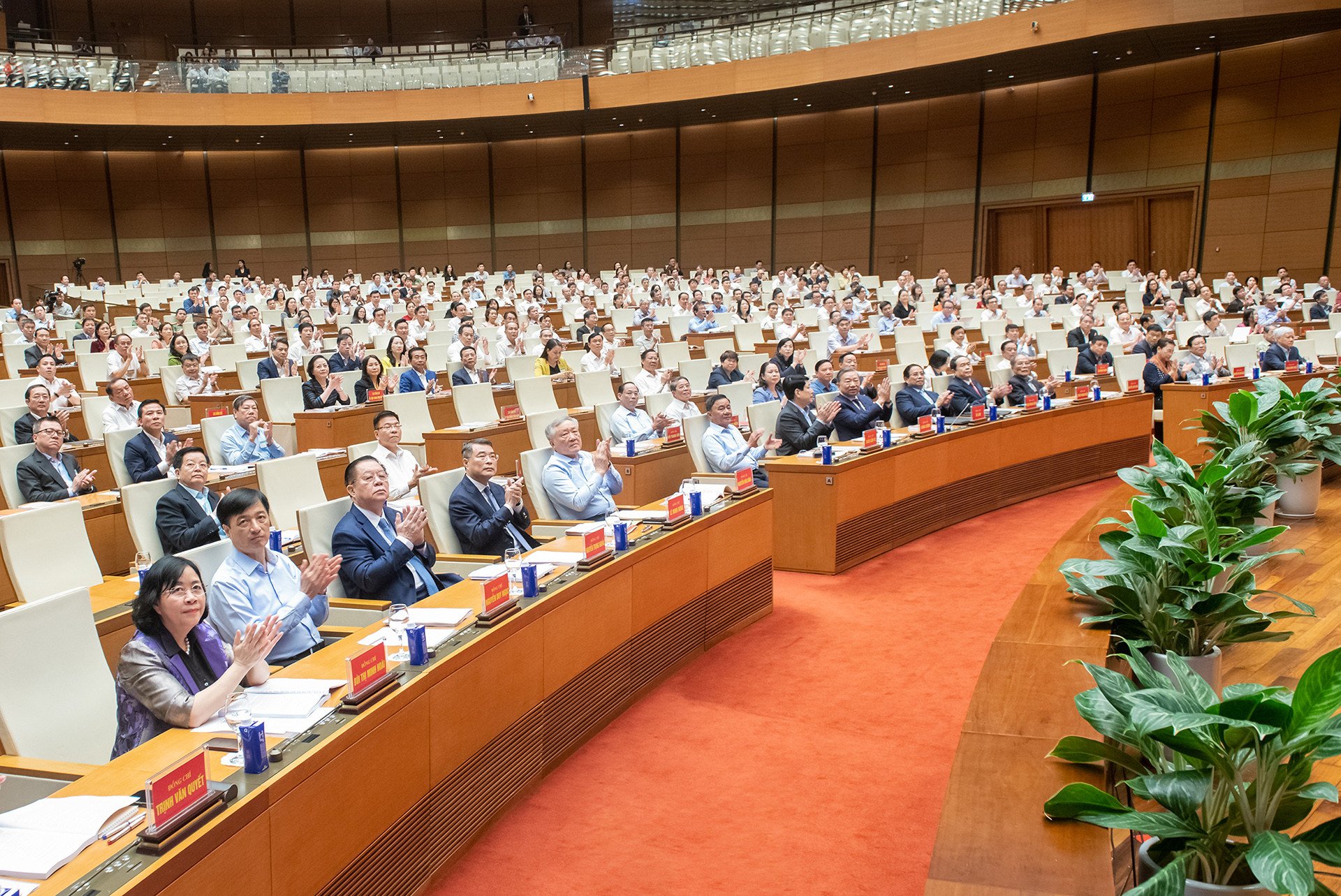
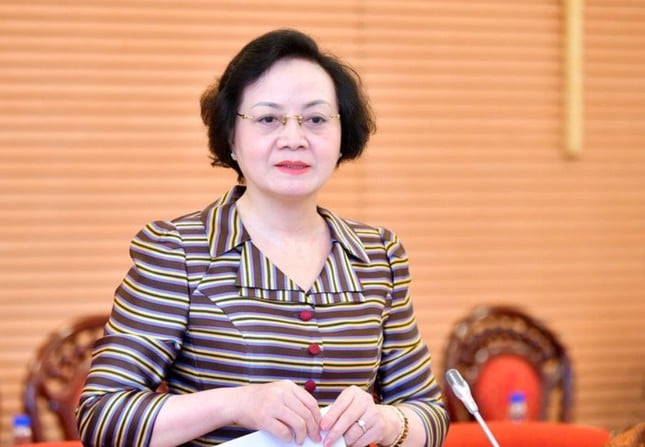

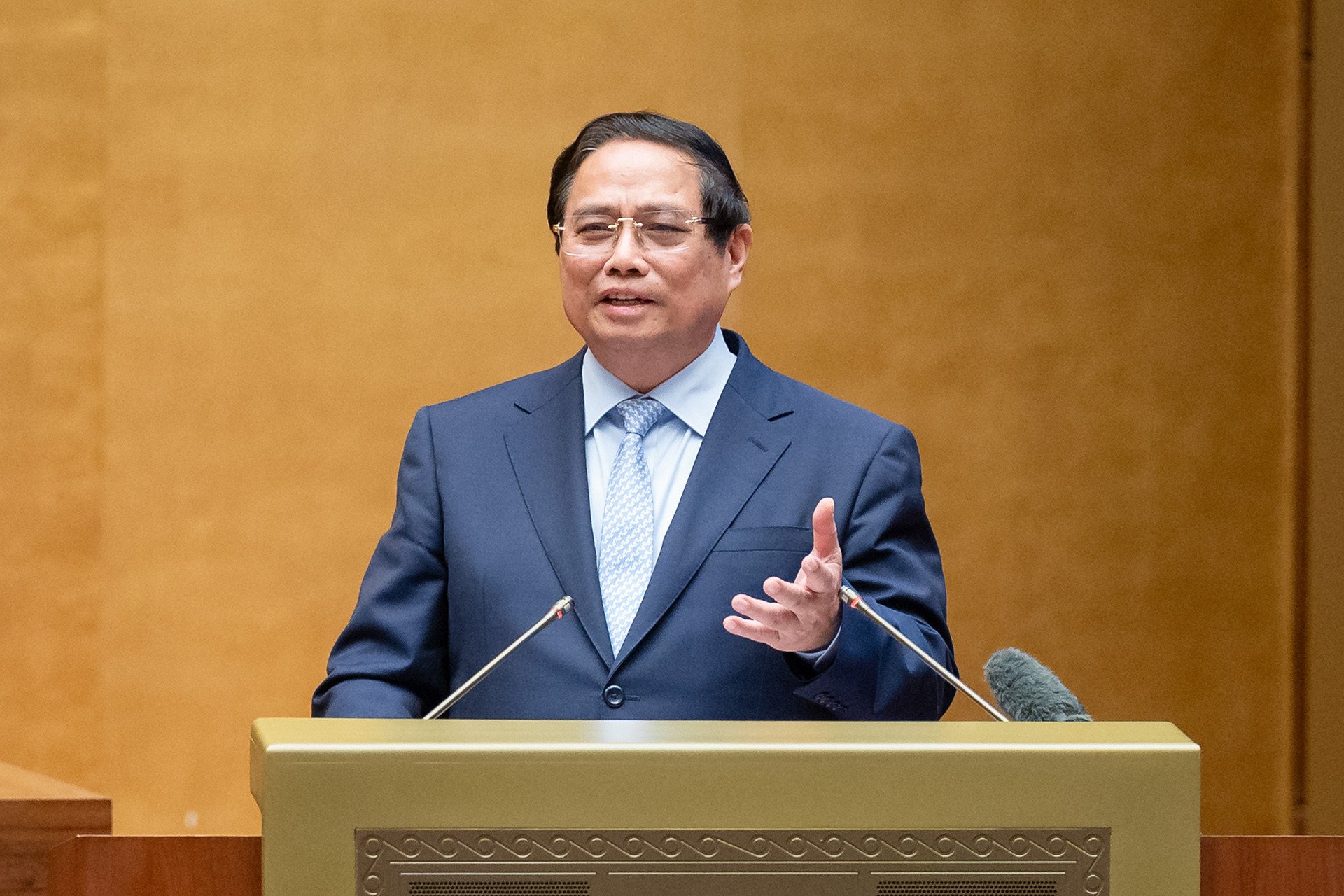
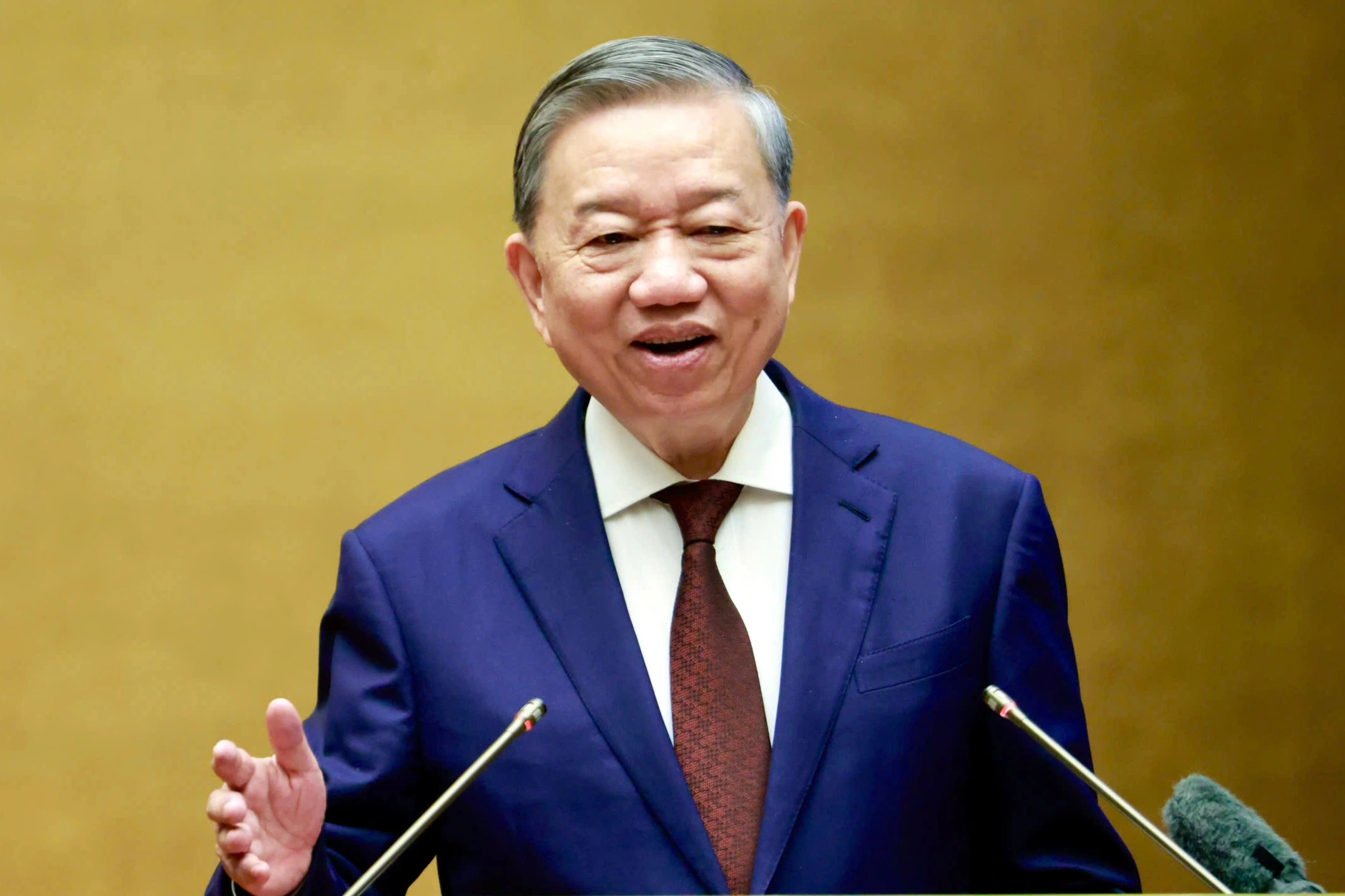
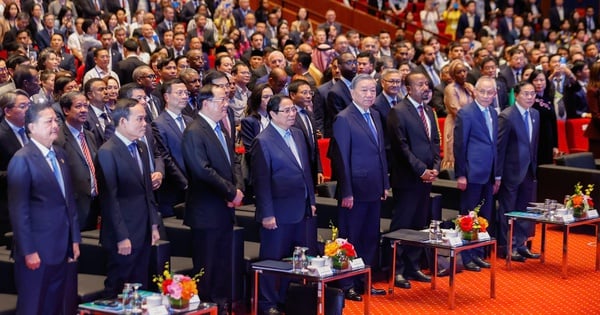

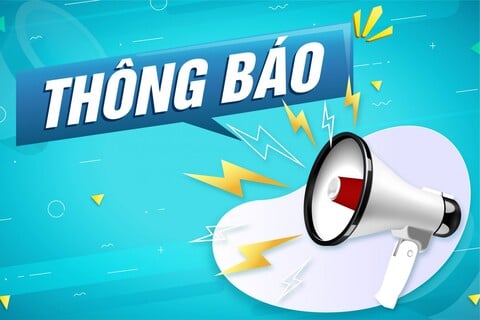

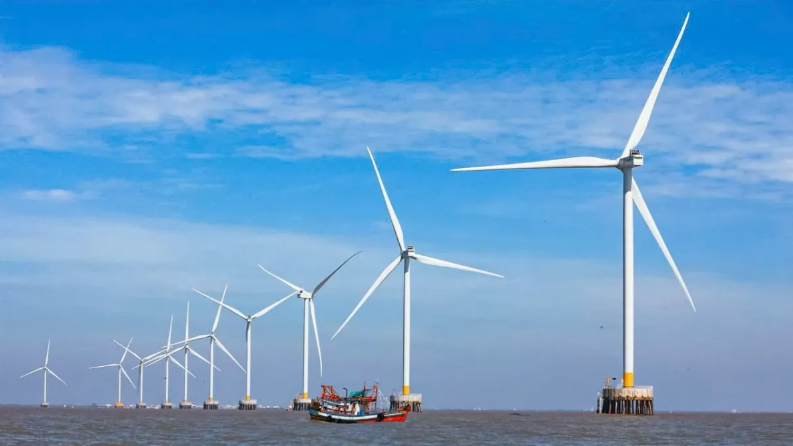
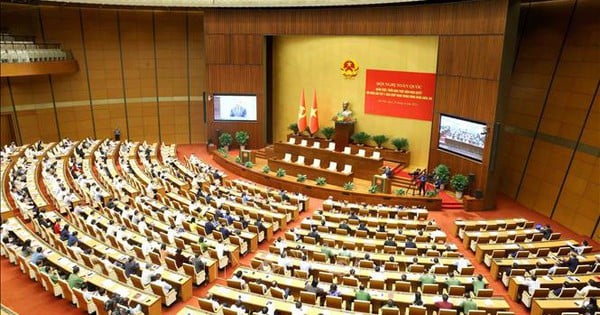
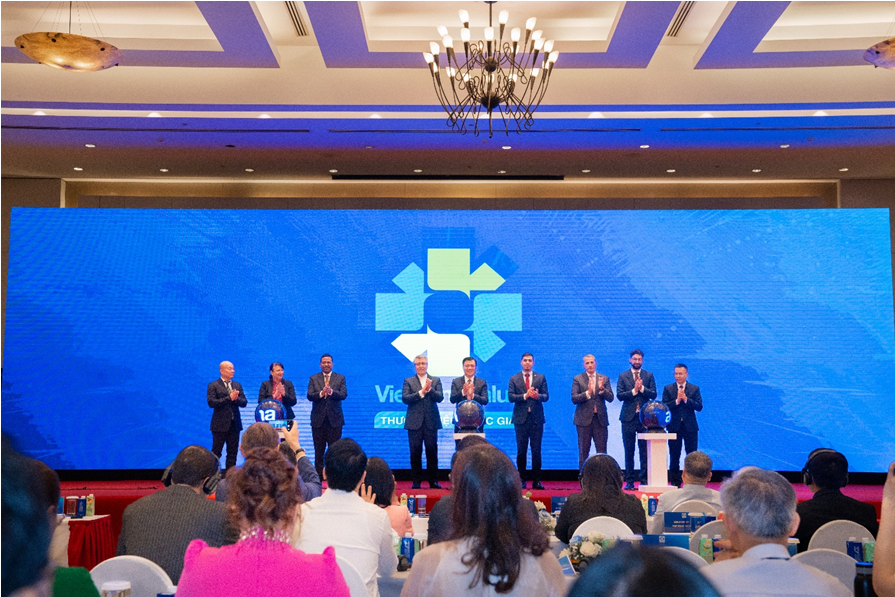
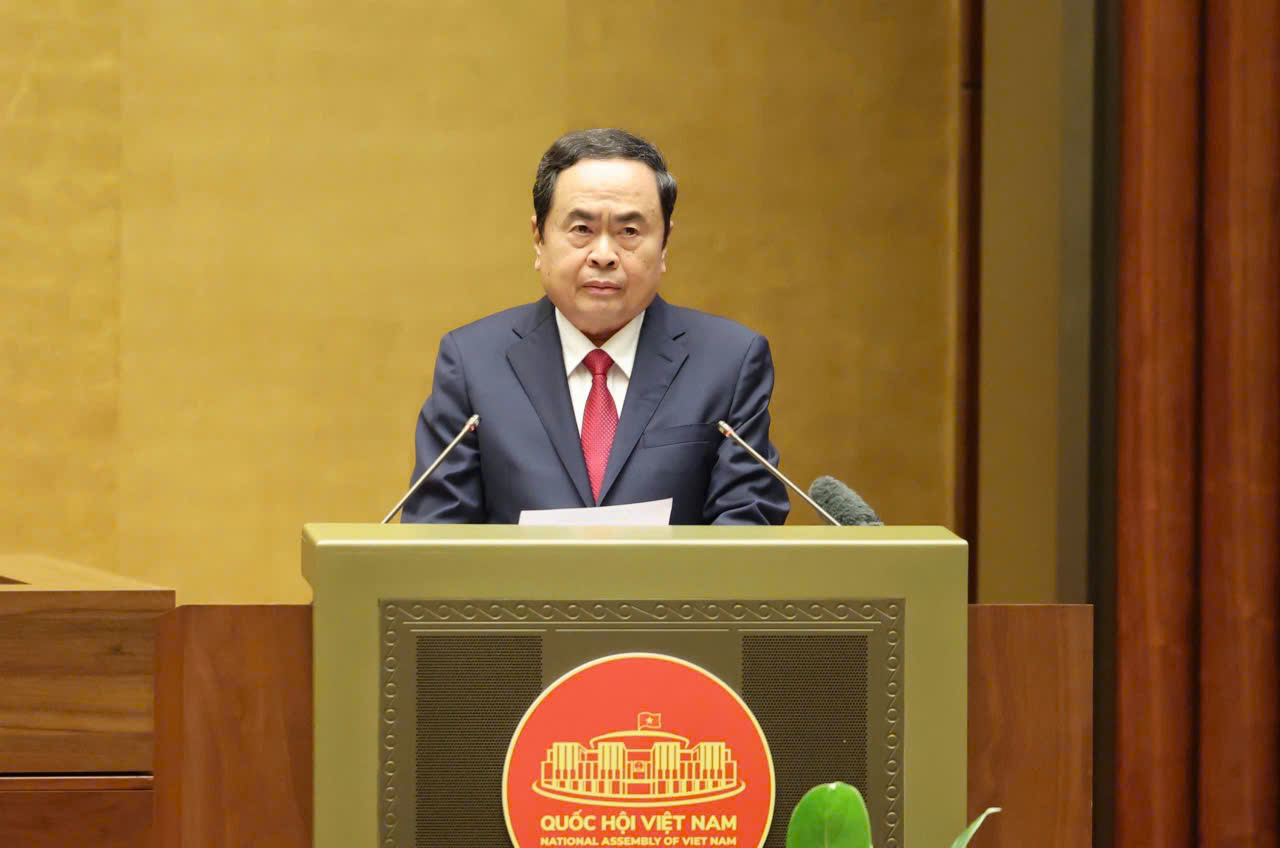
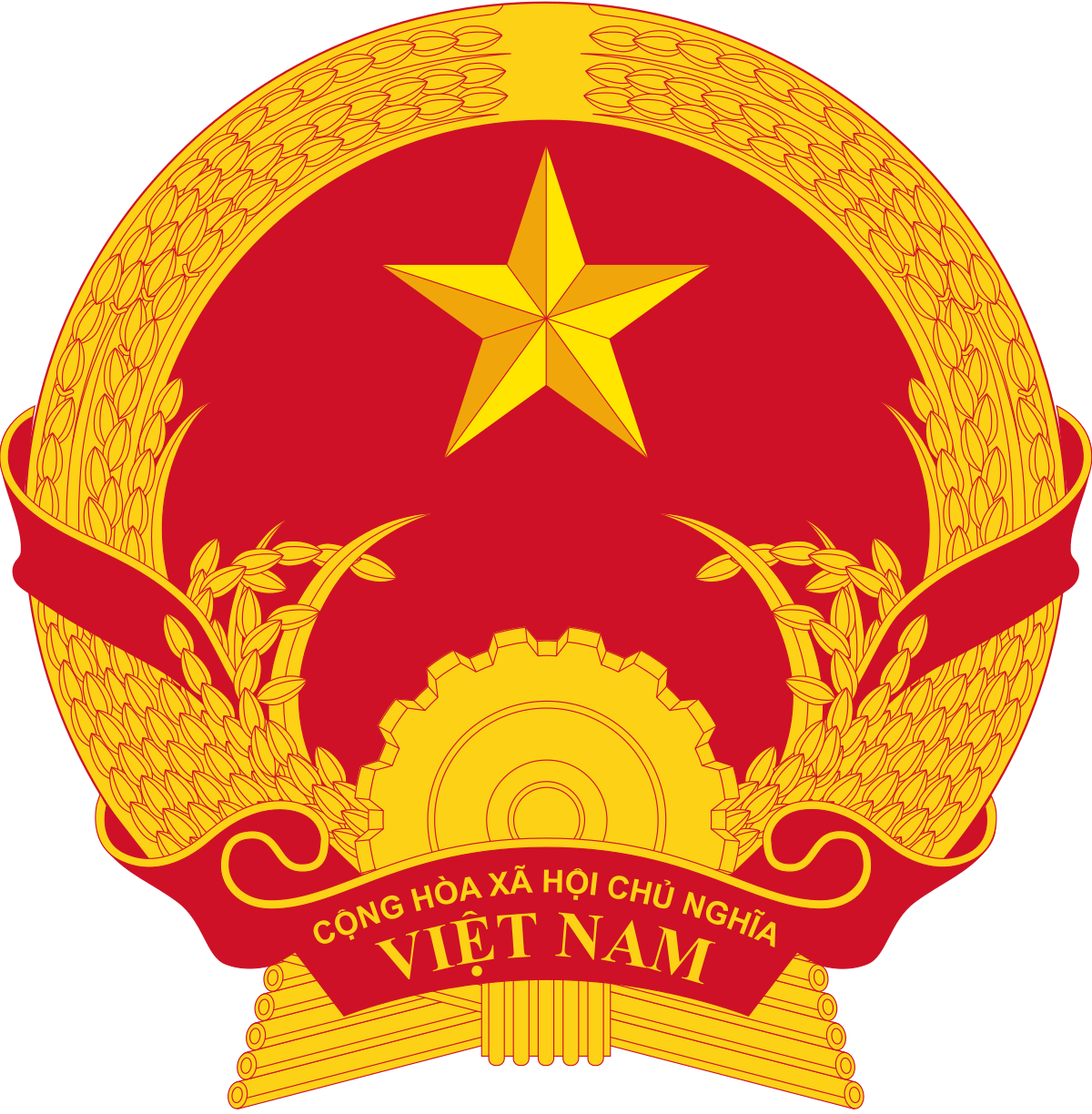





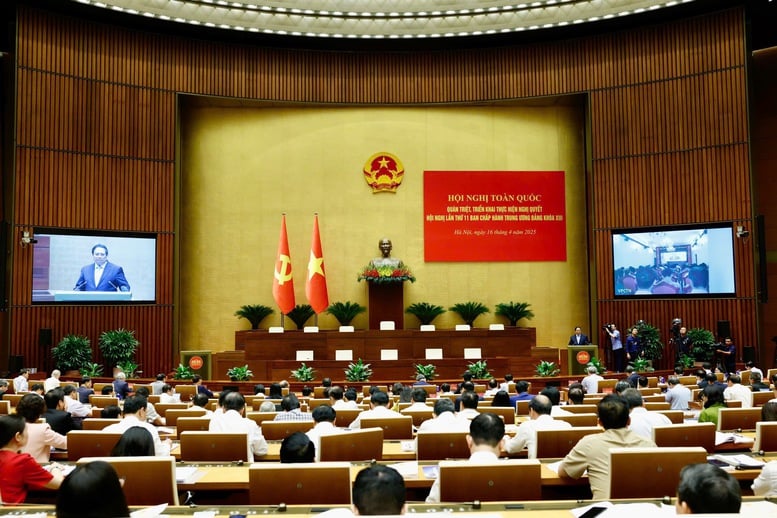
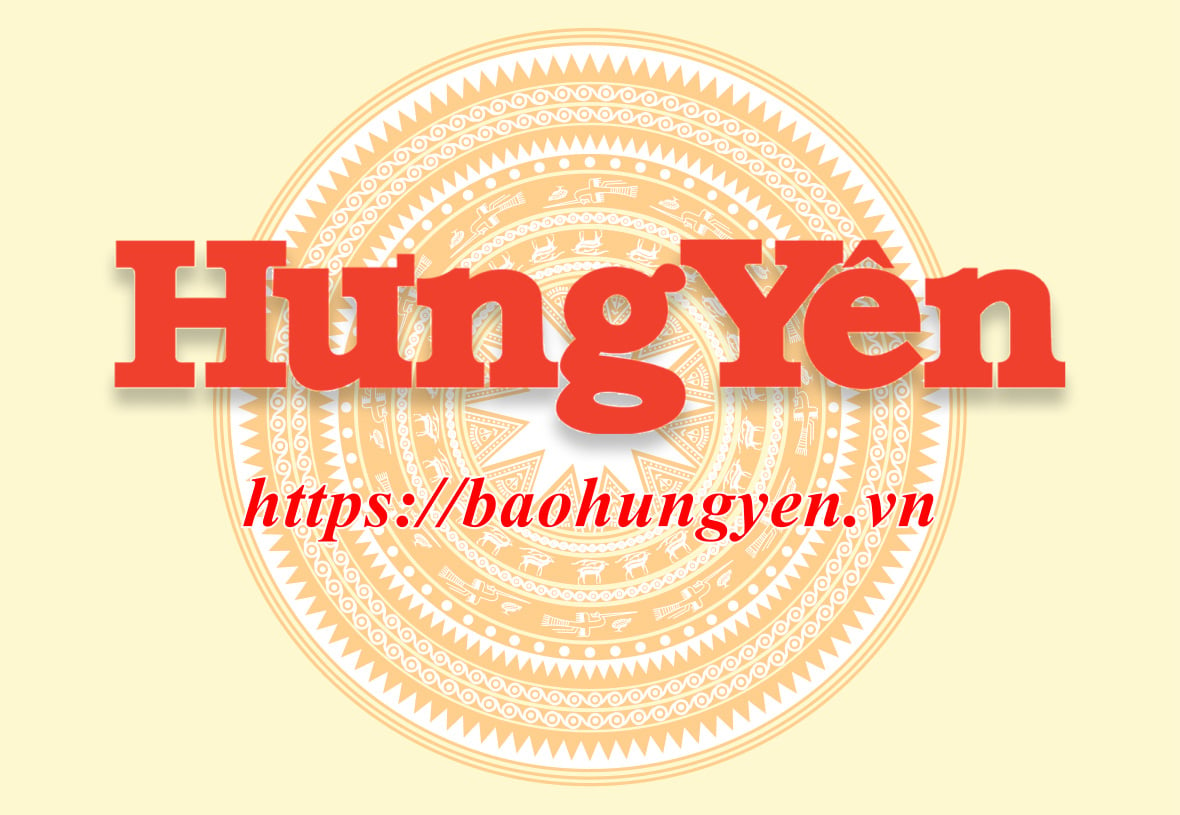

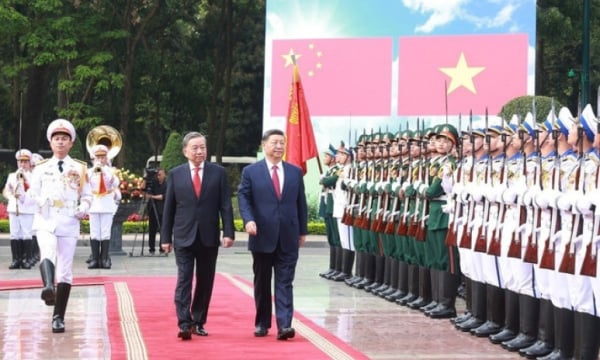
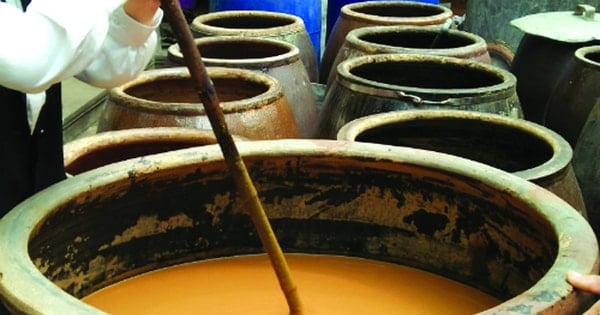

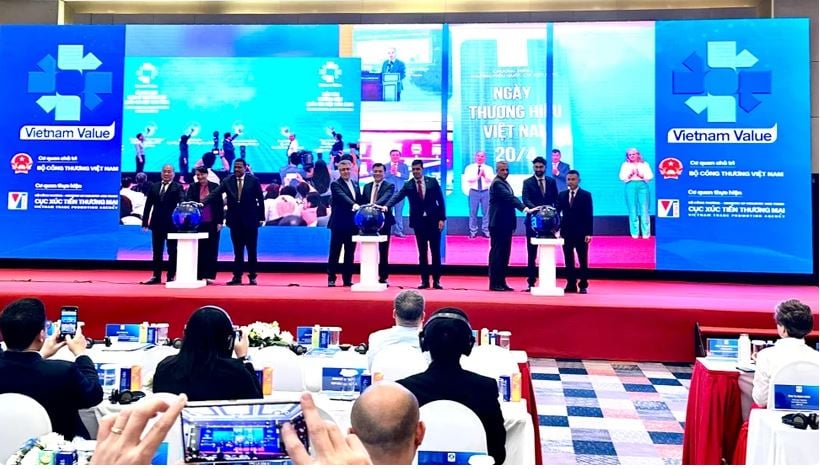


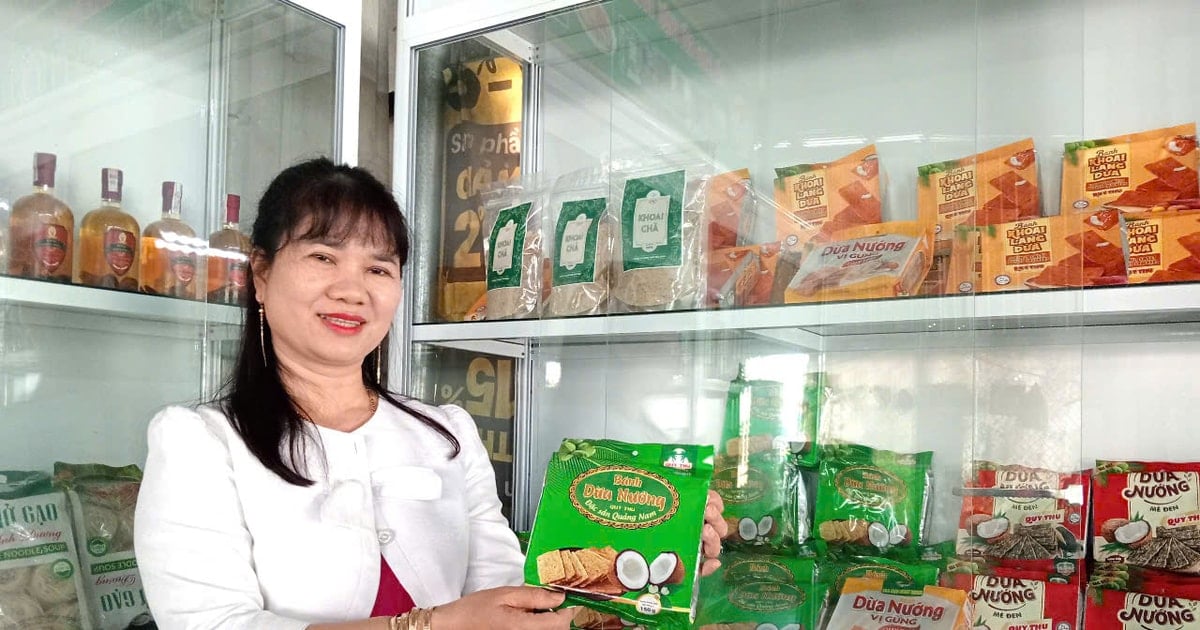
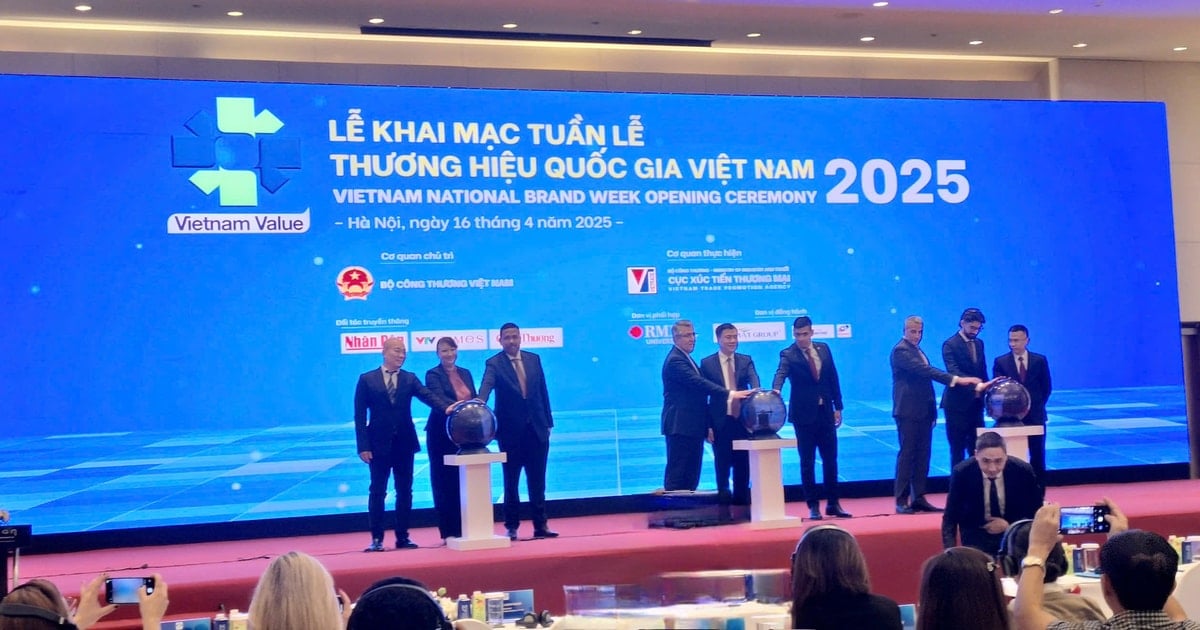
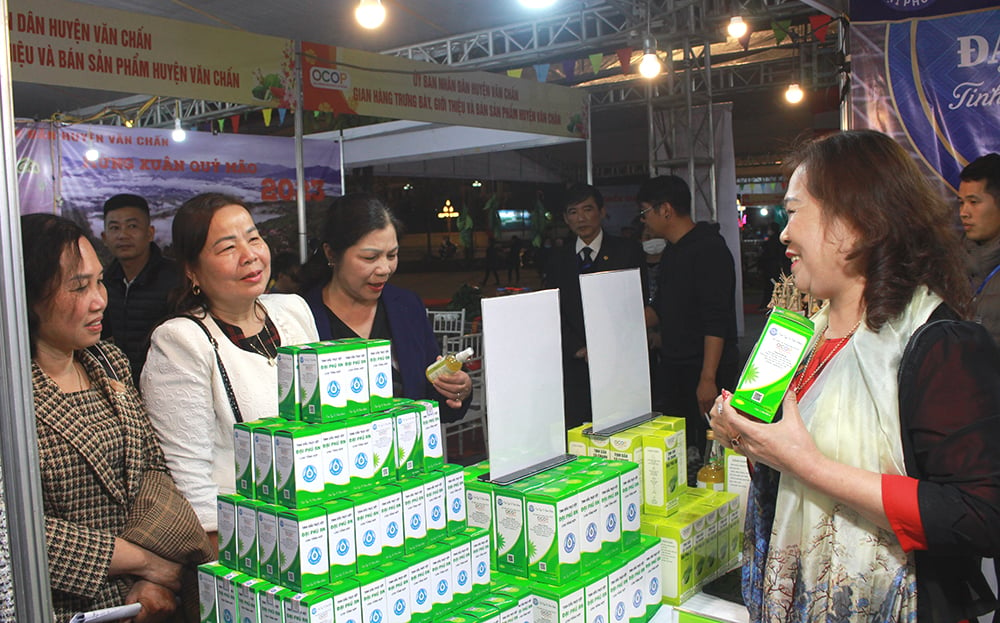
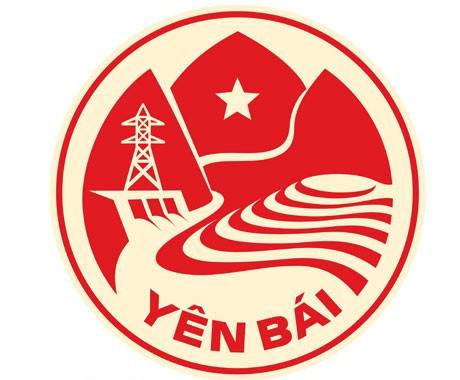
Comment (0)